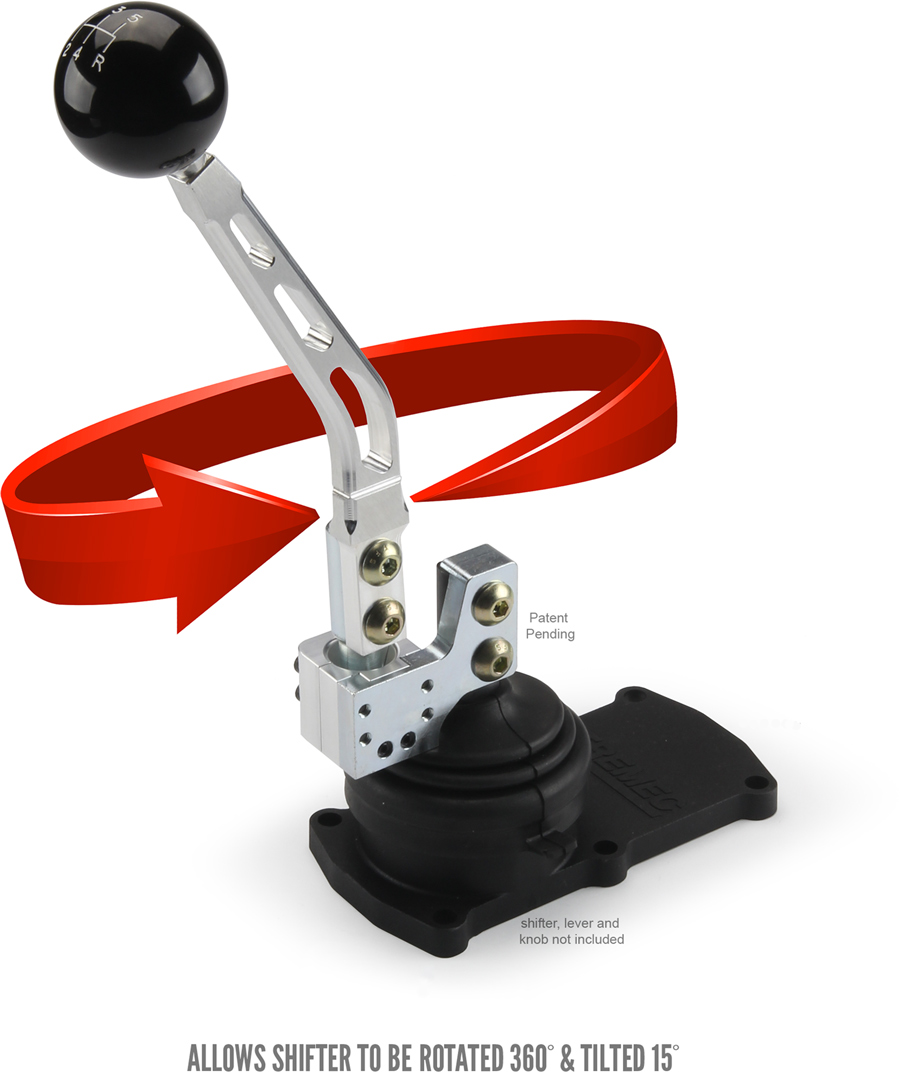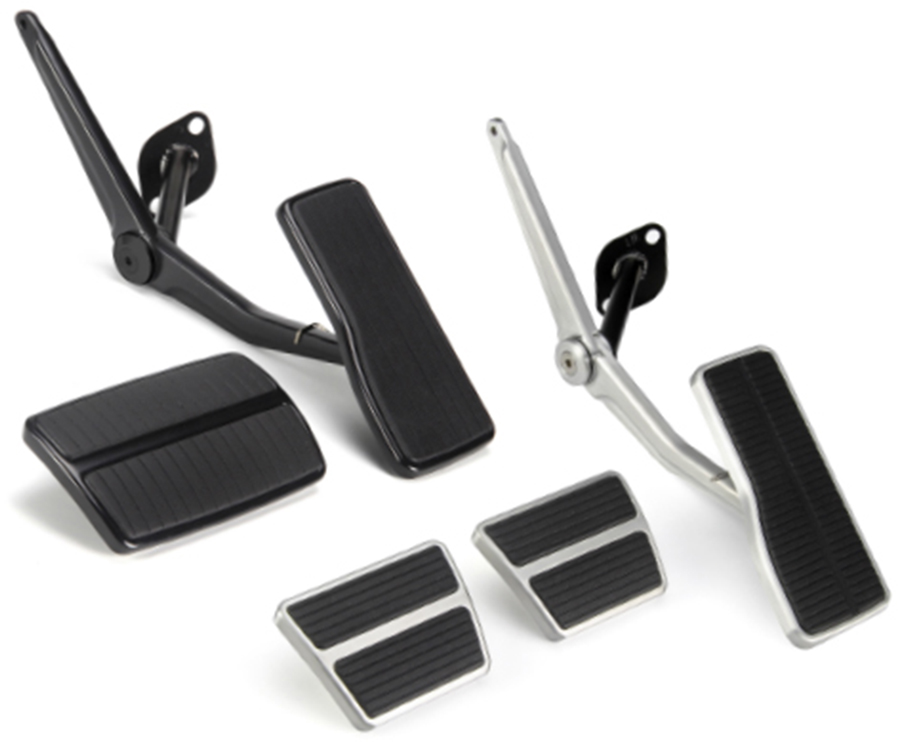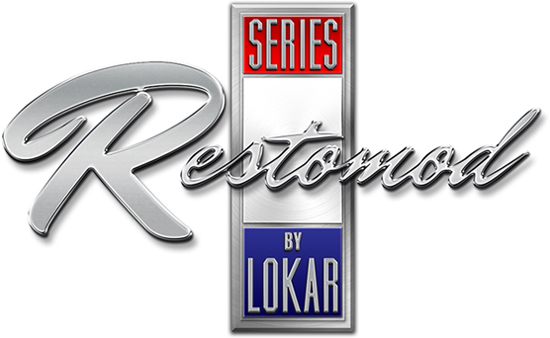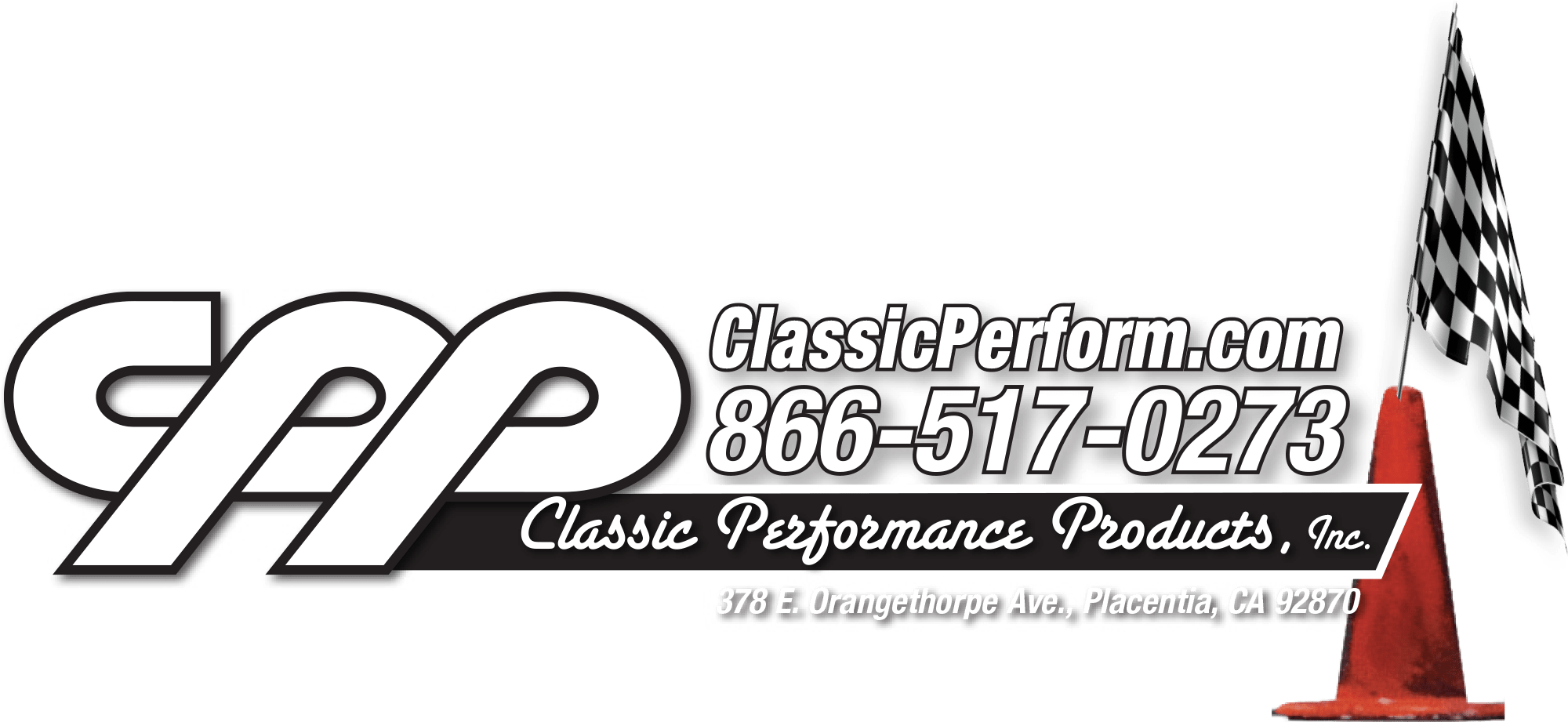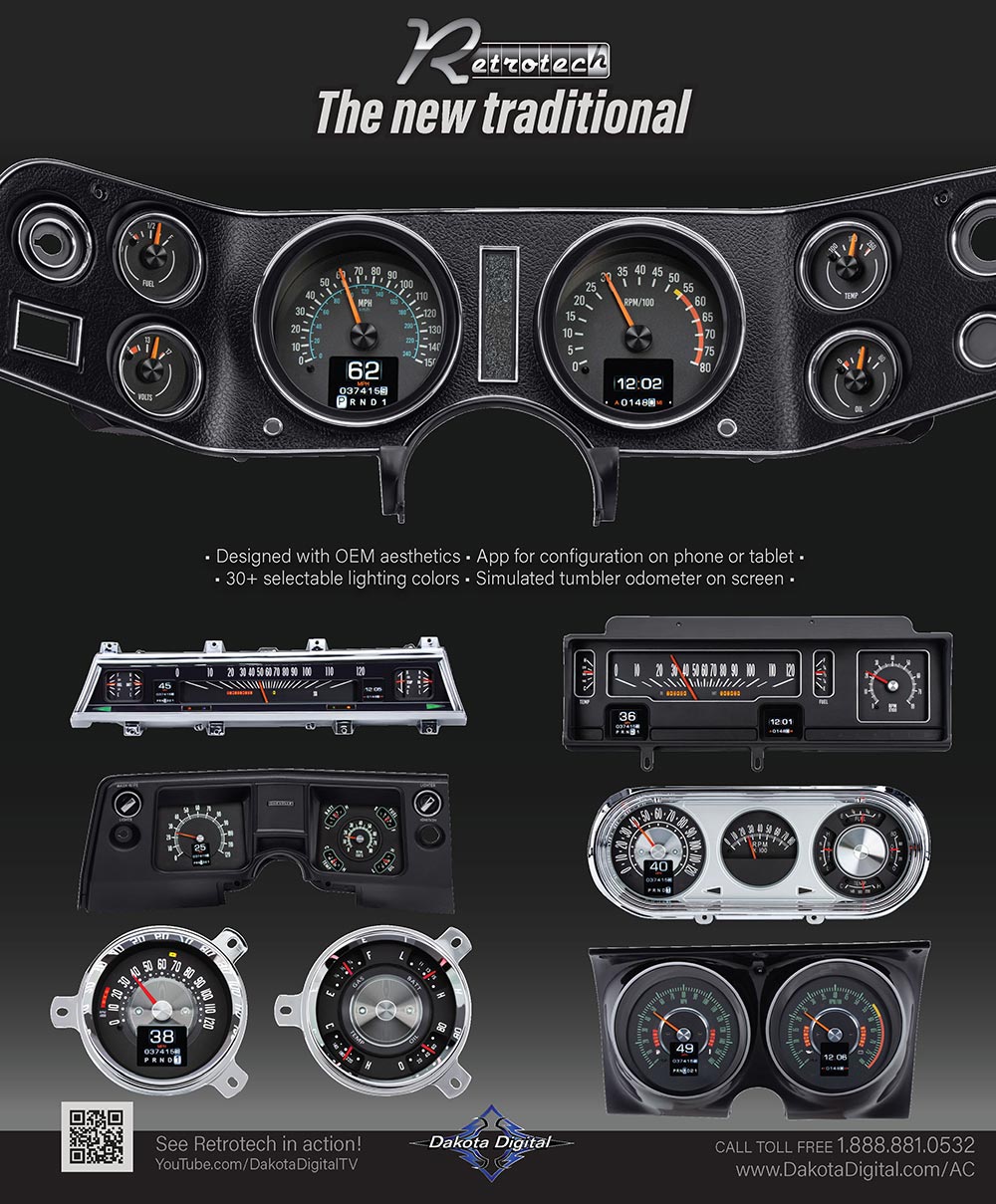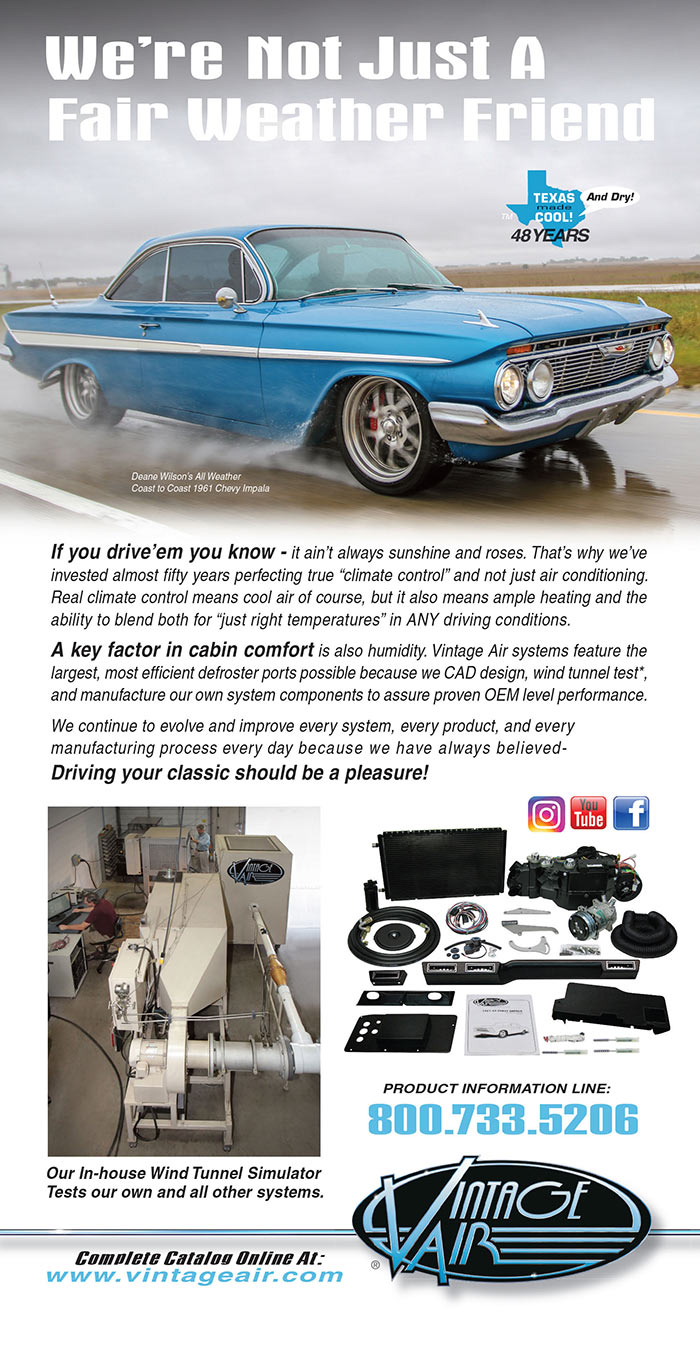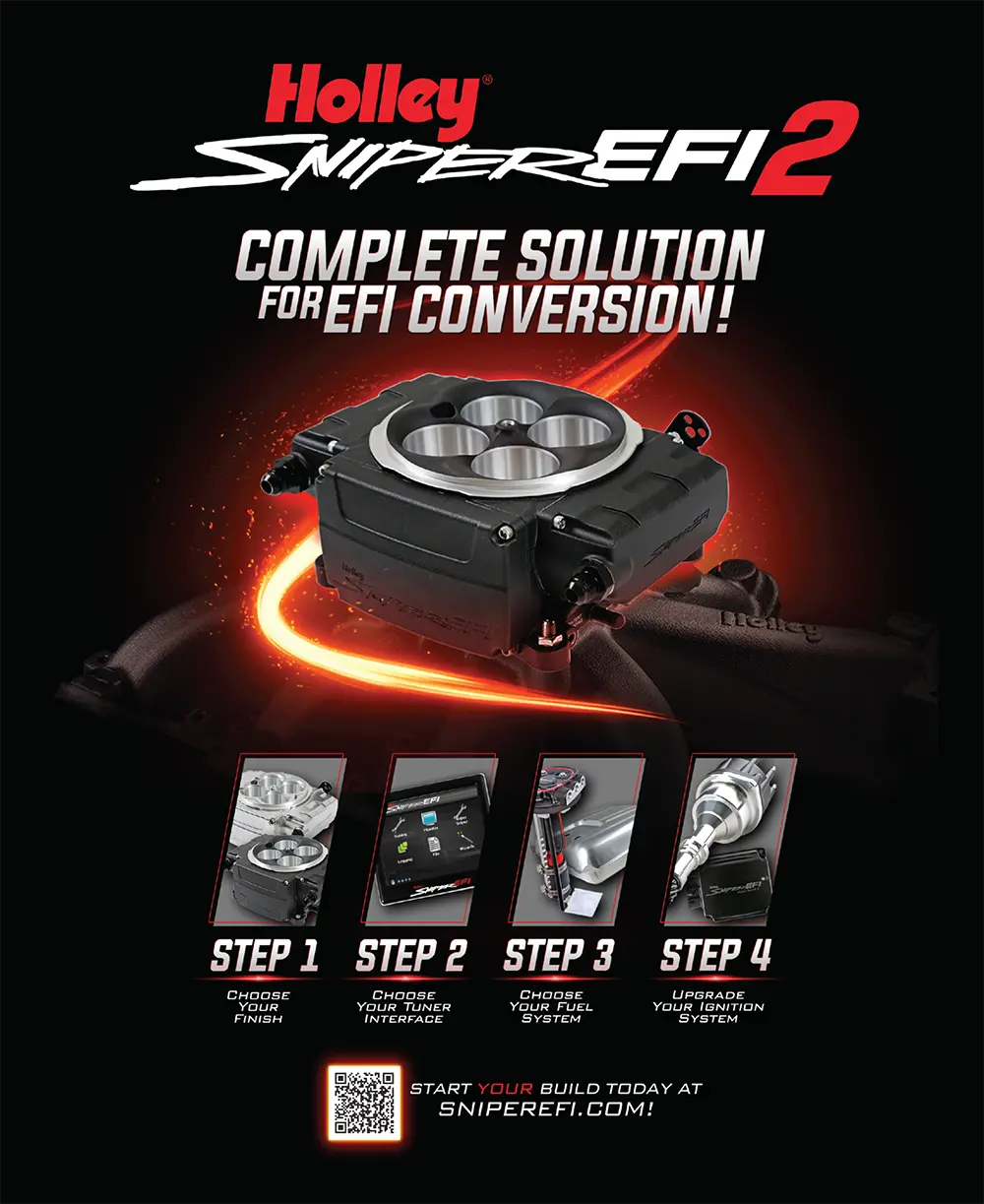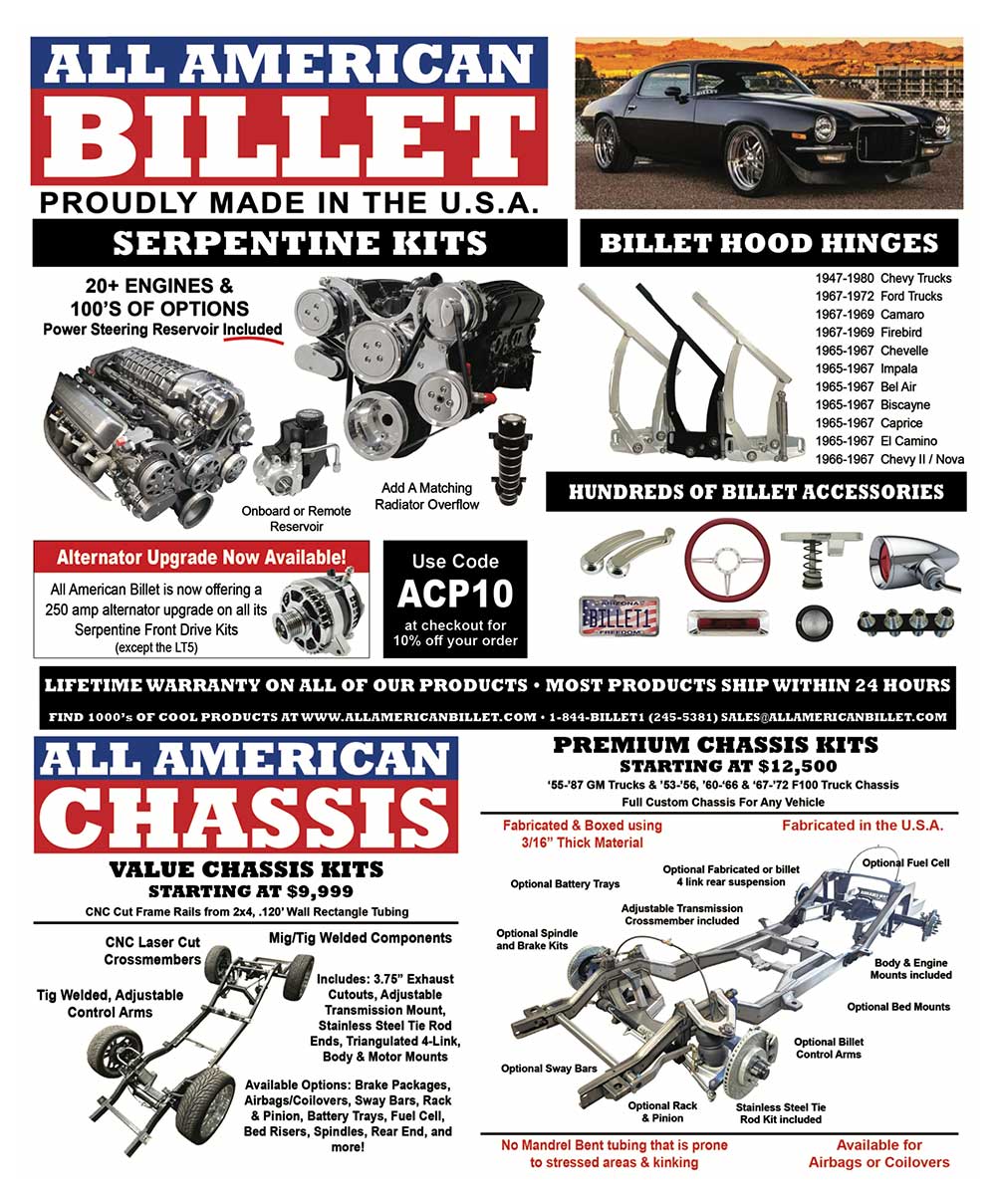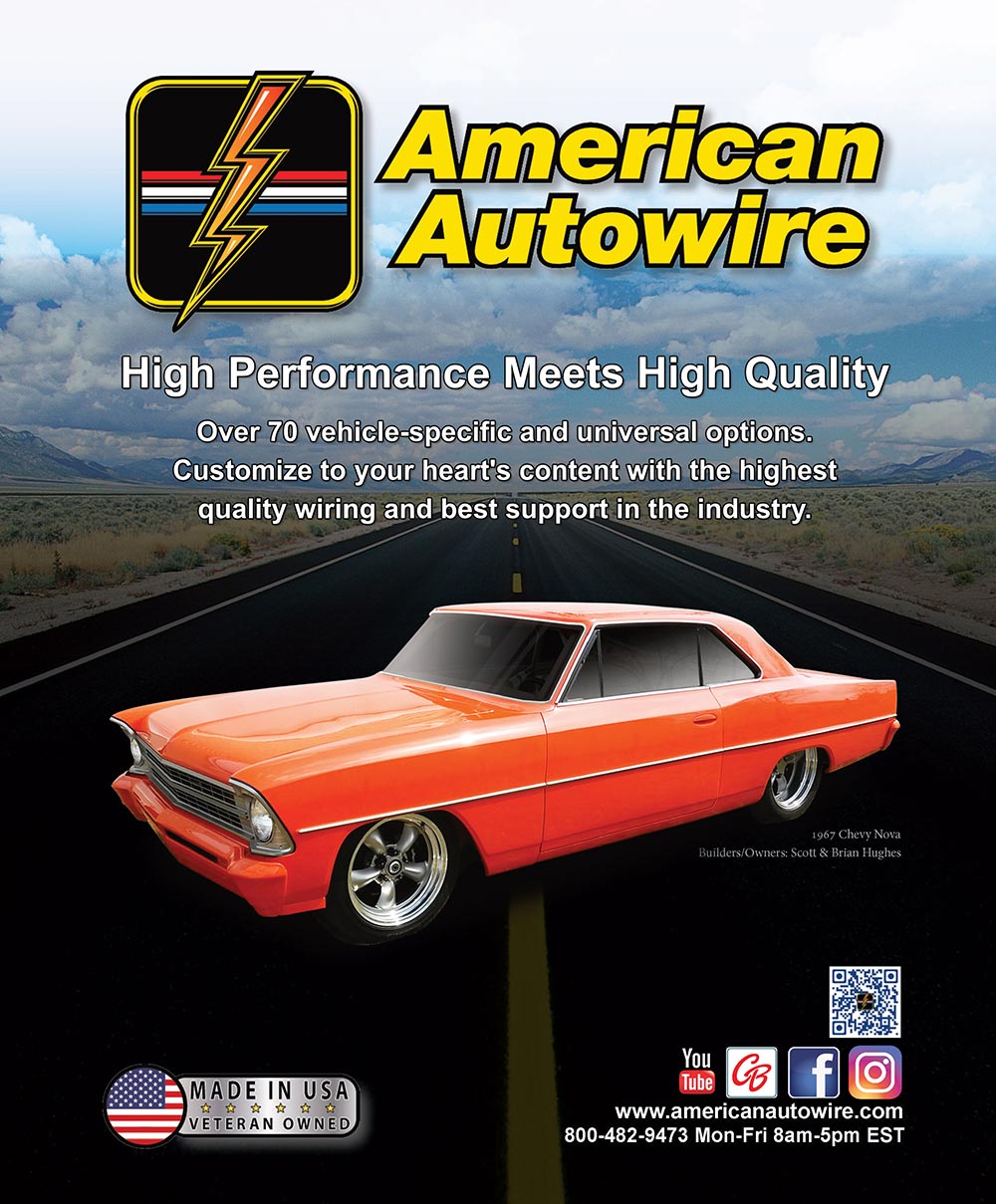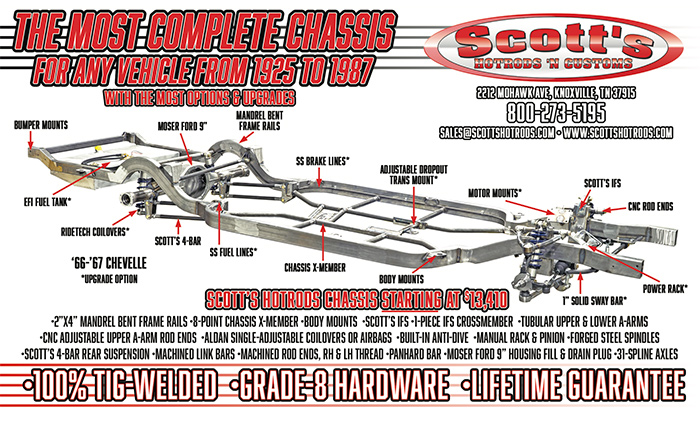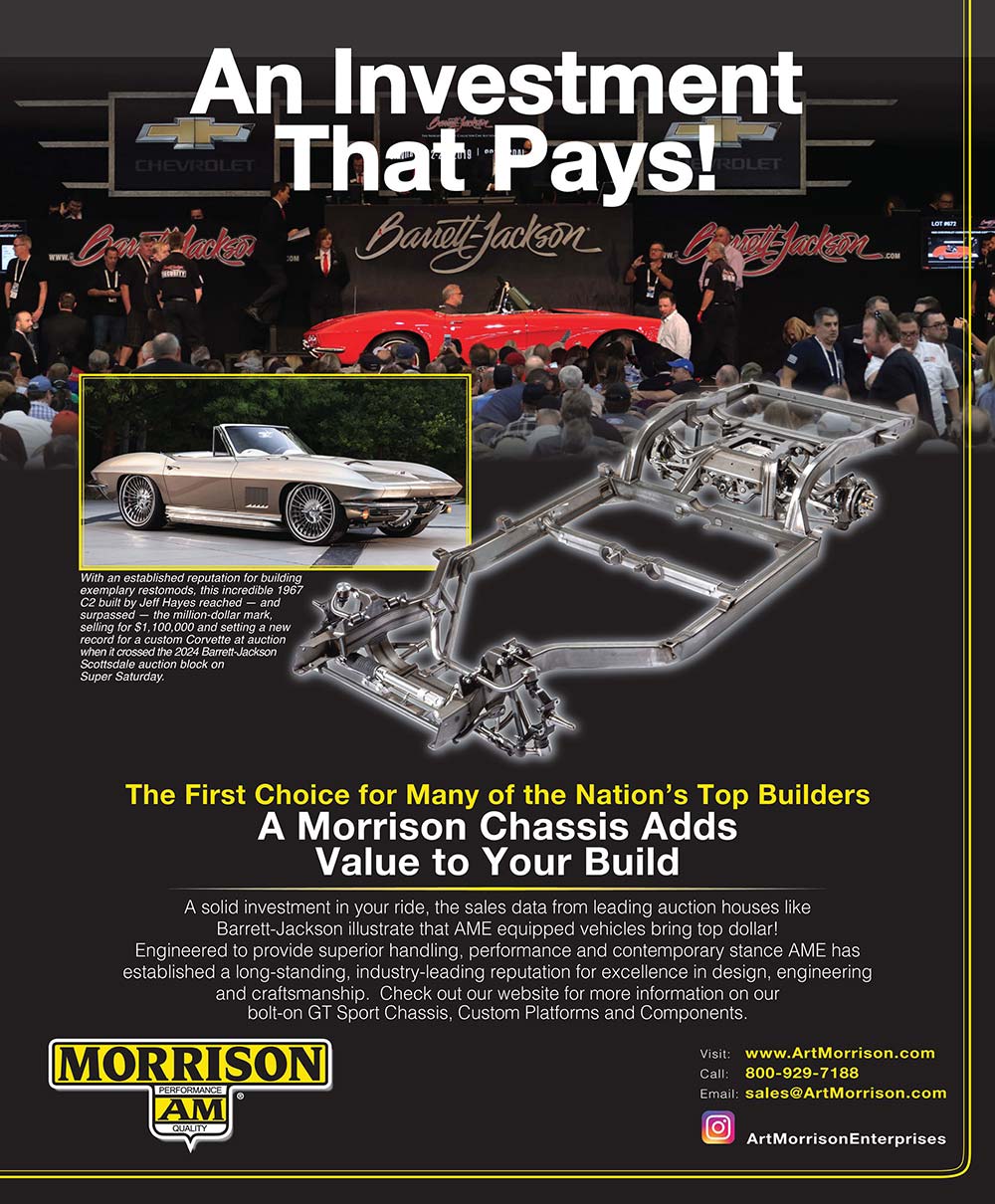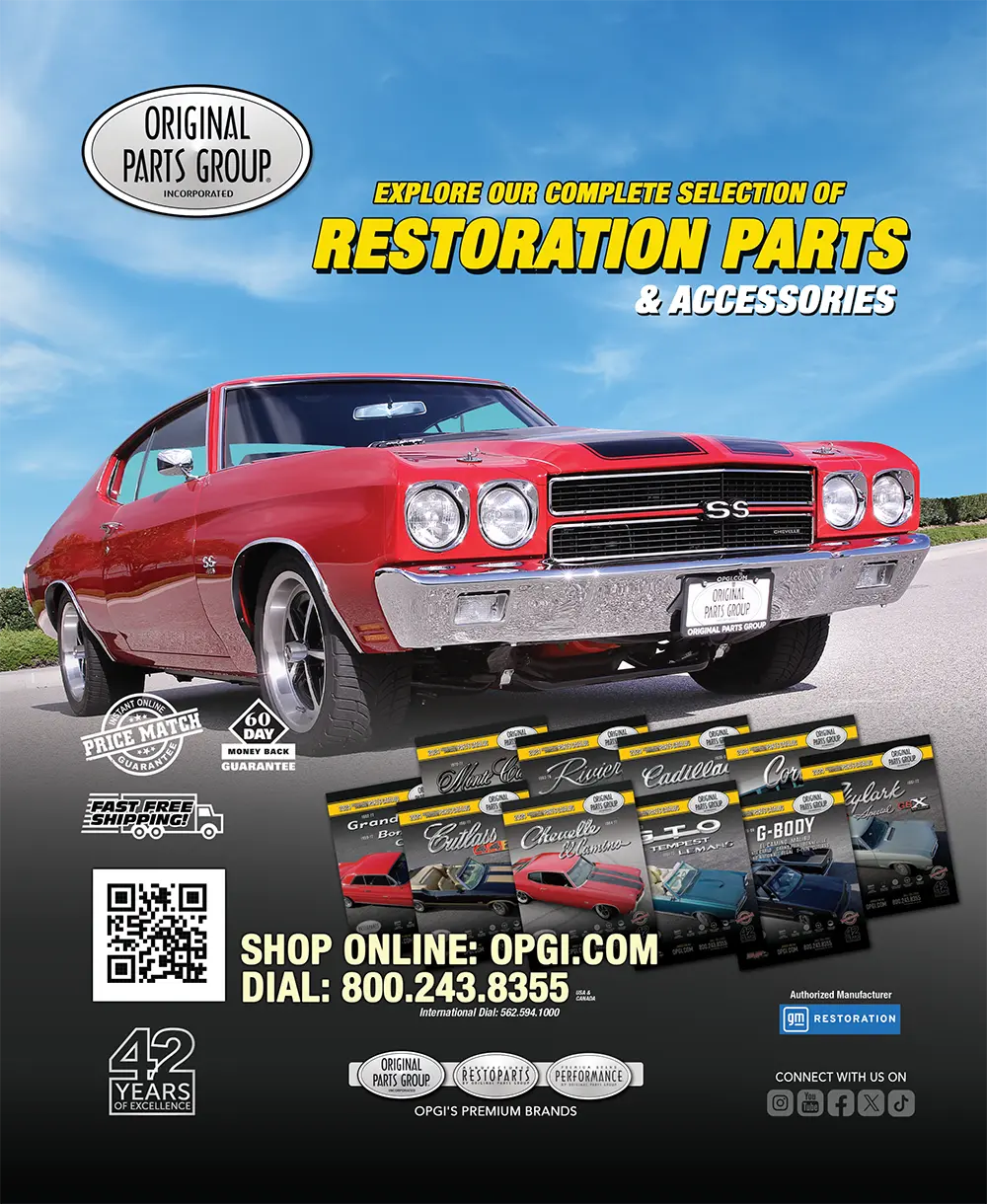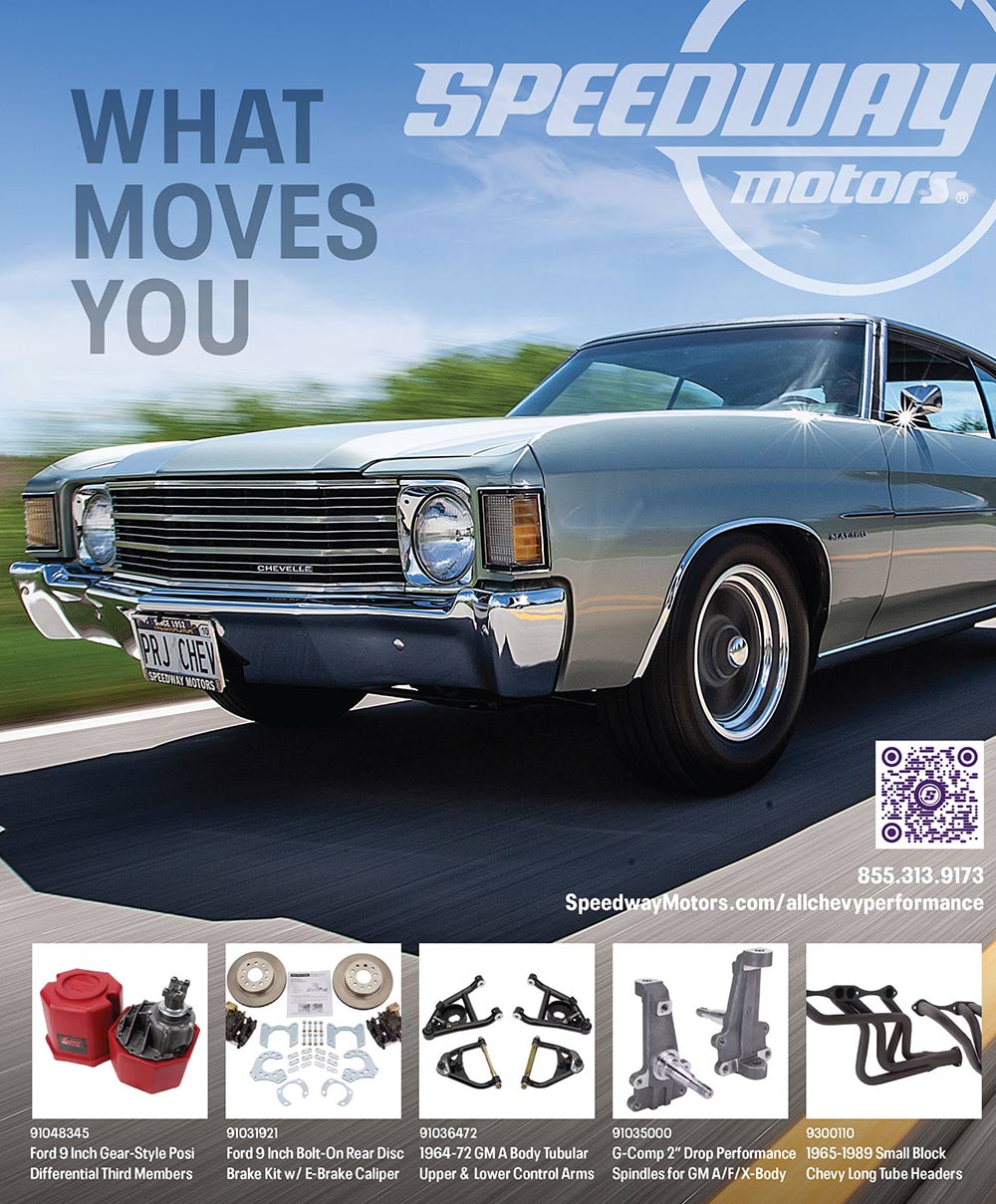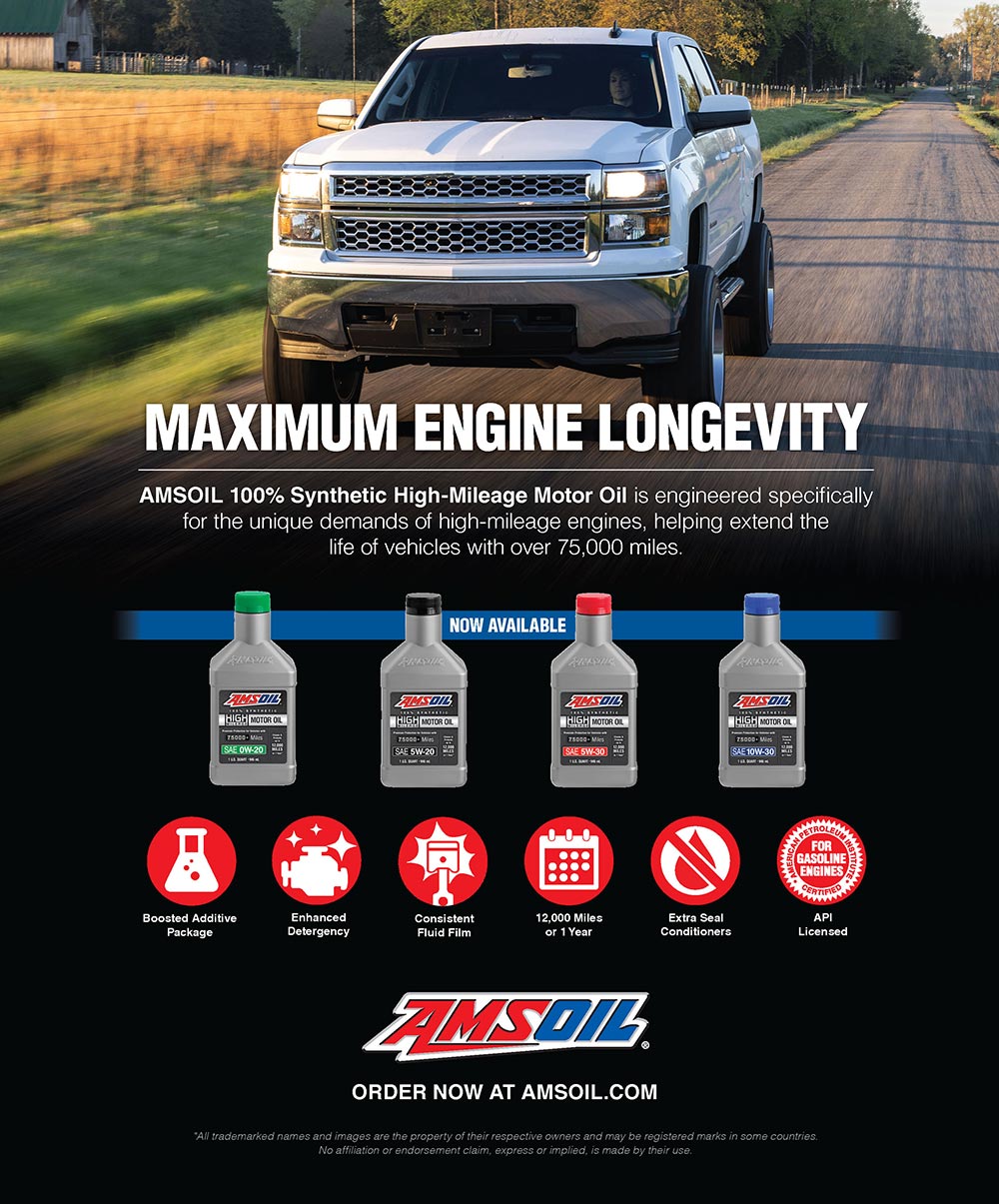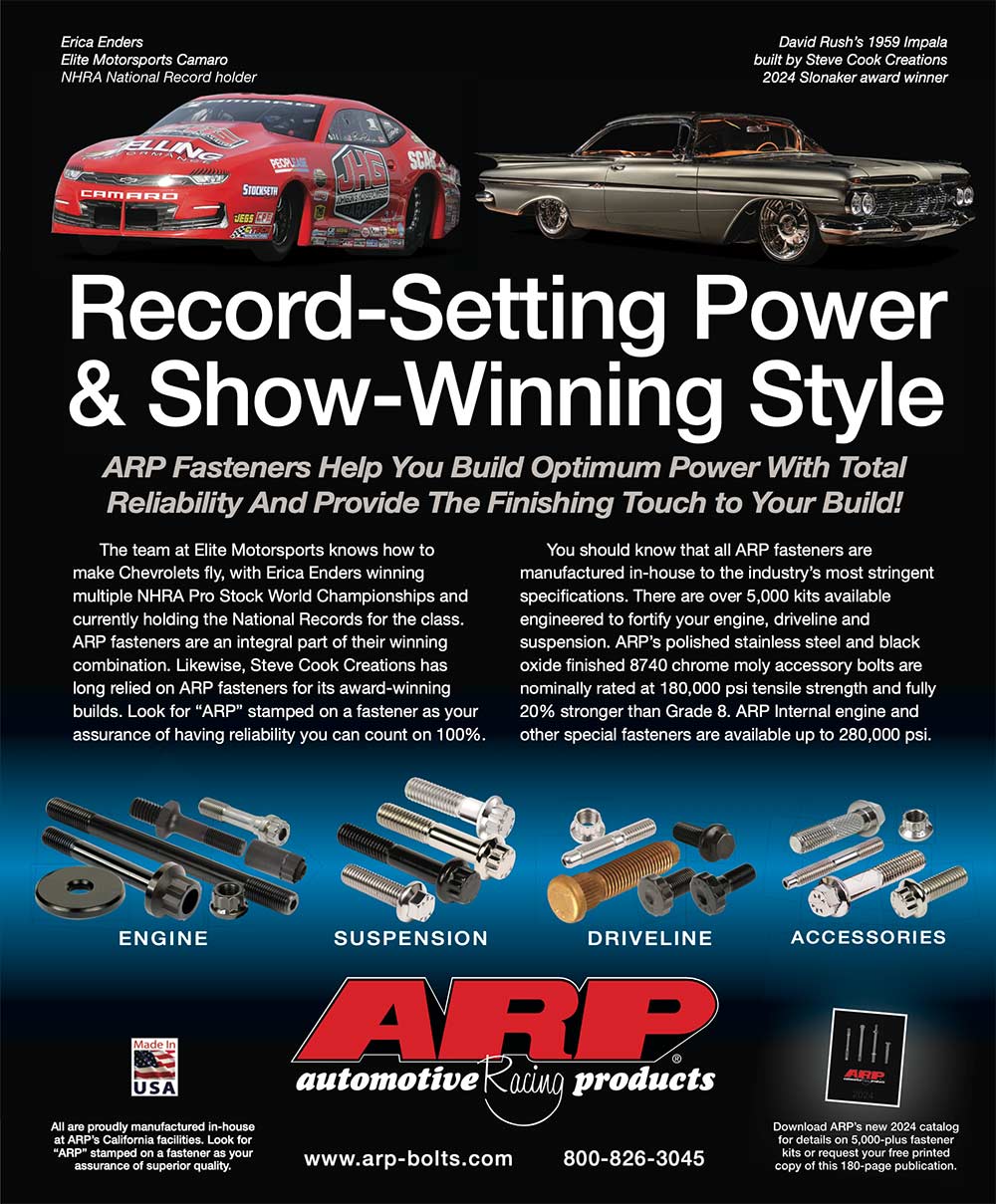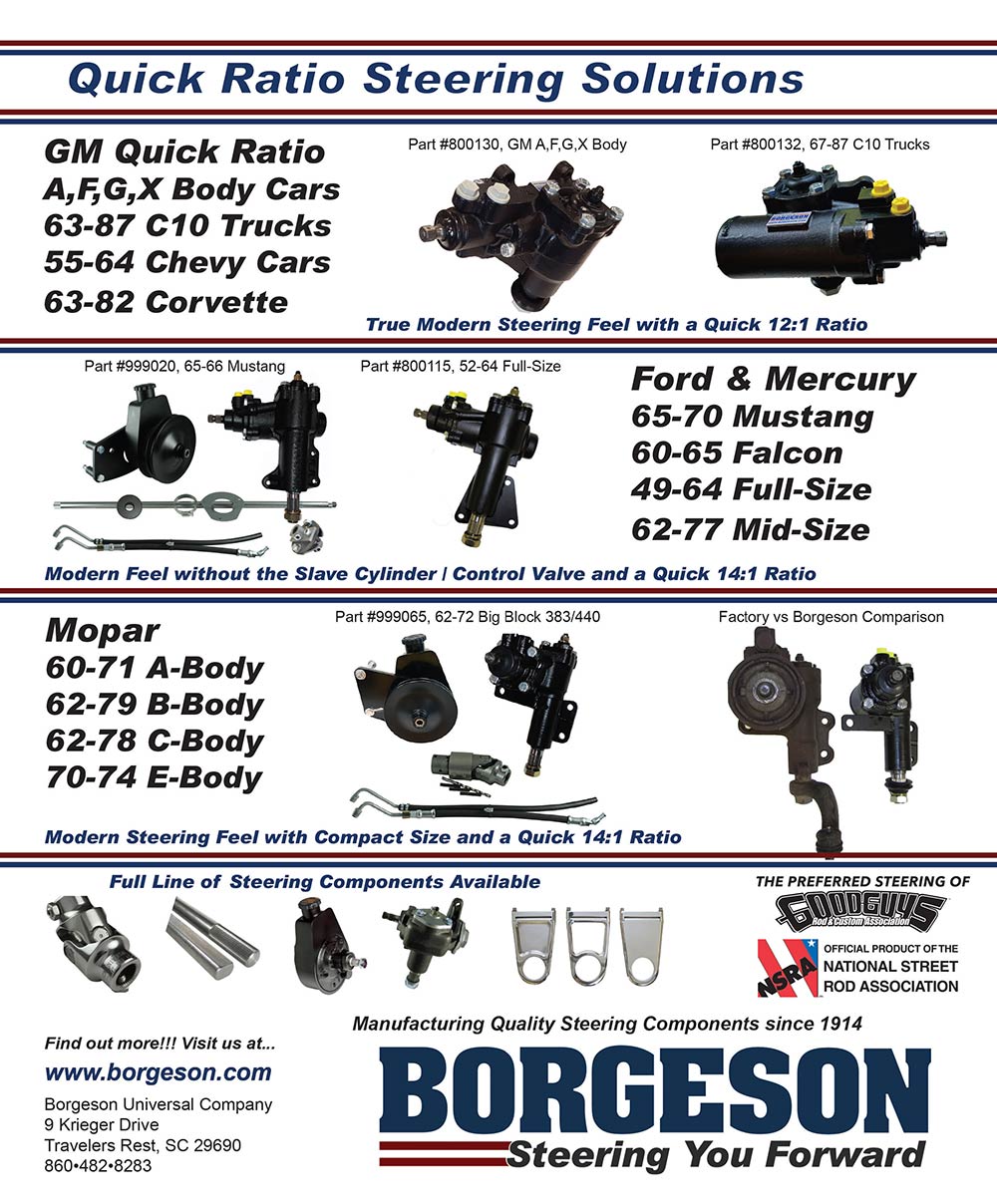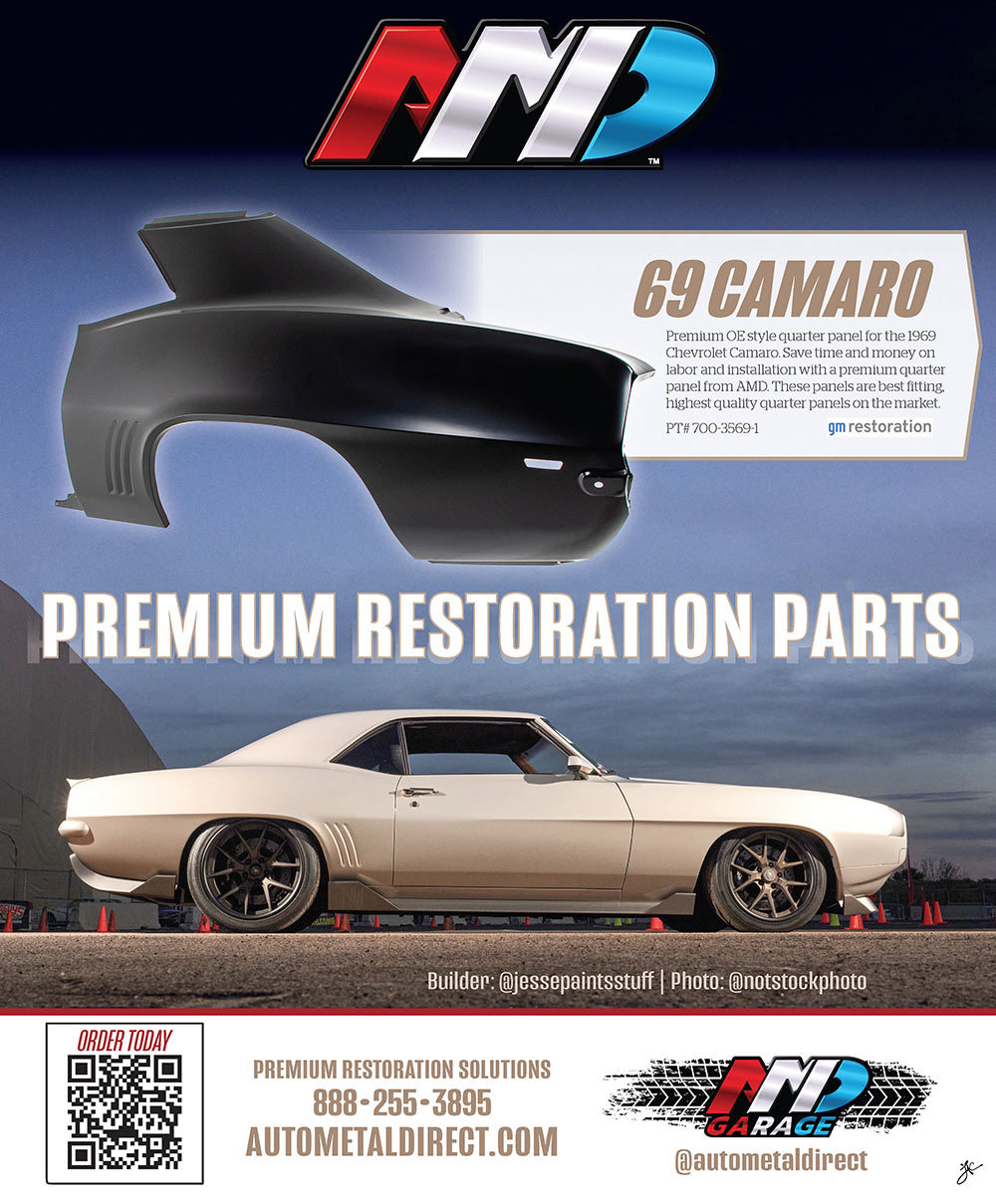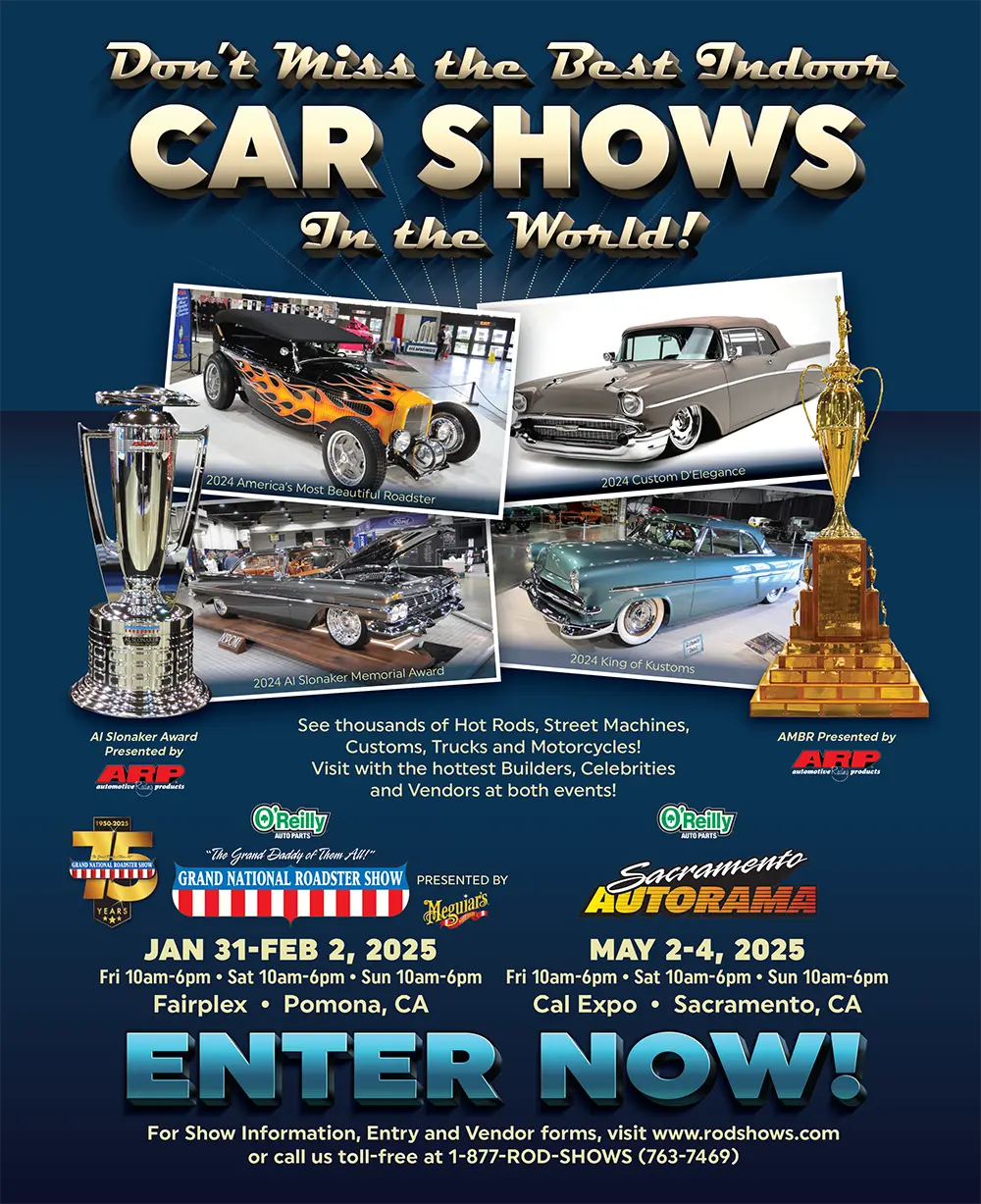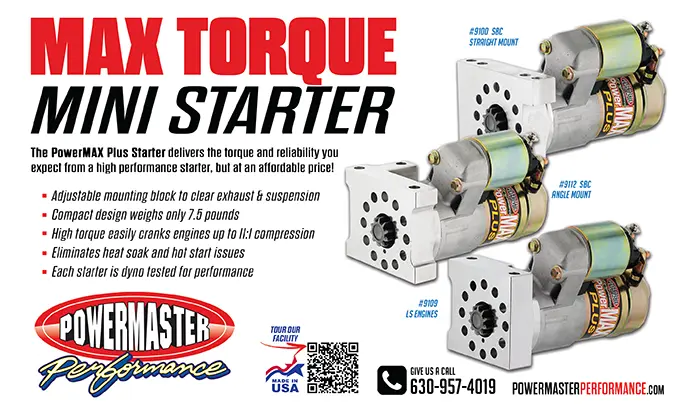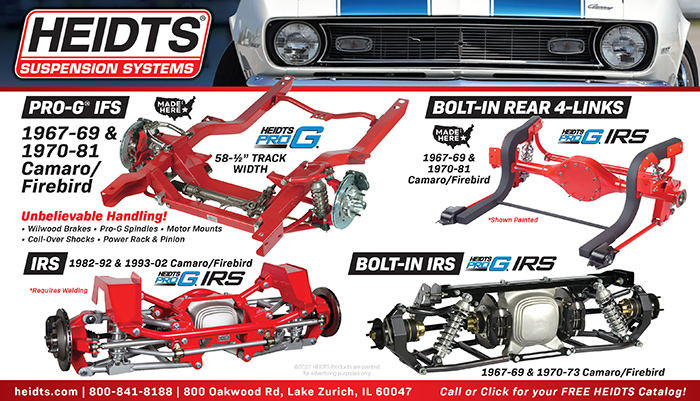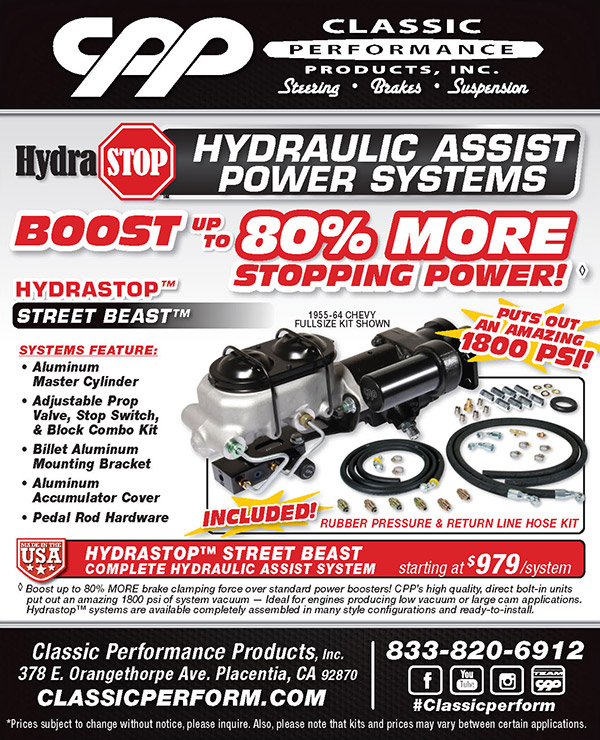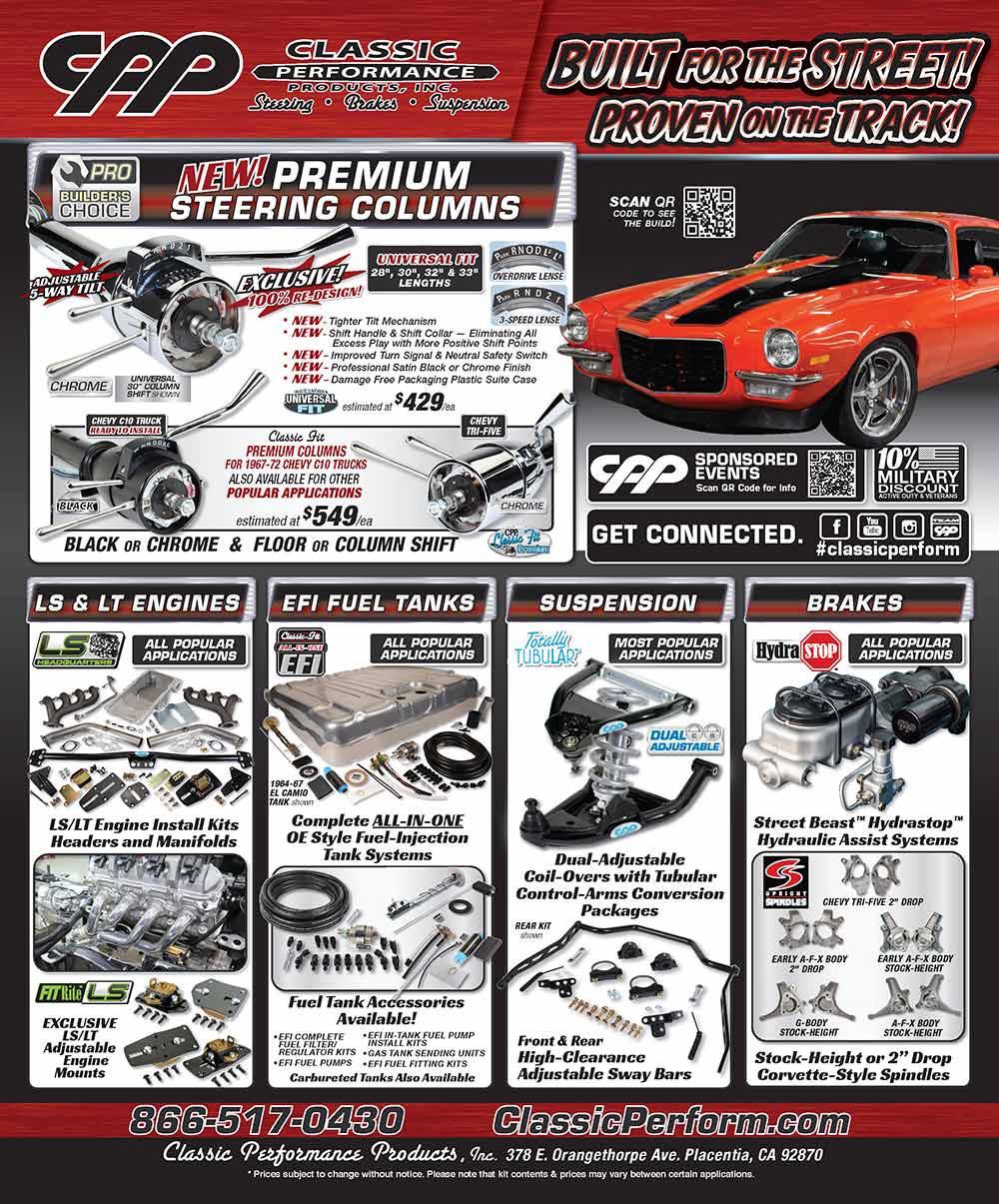 TOC
TOC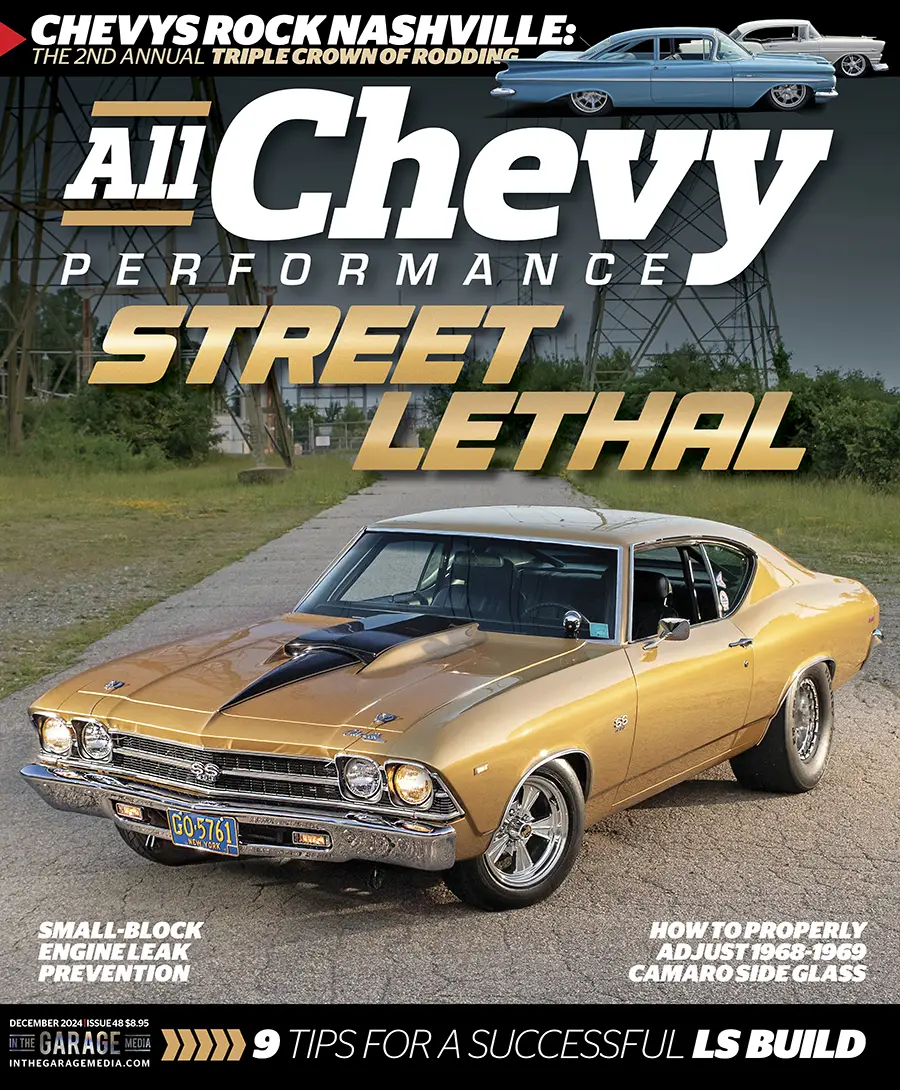
Image by Jason Matthew

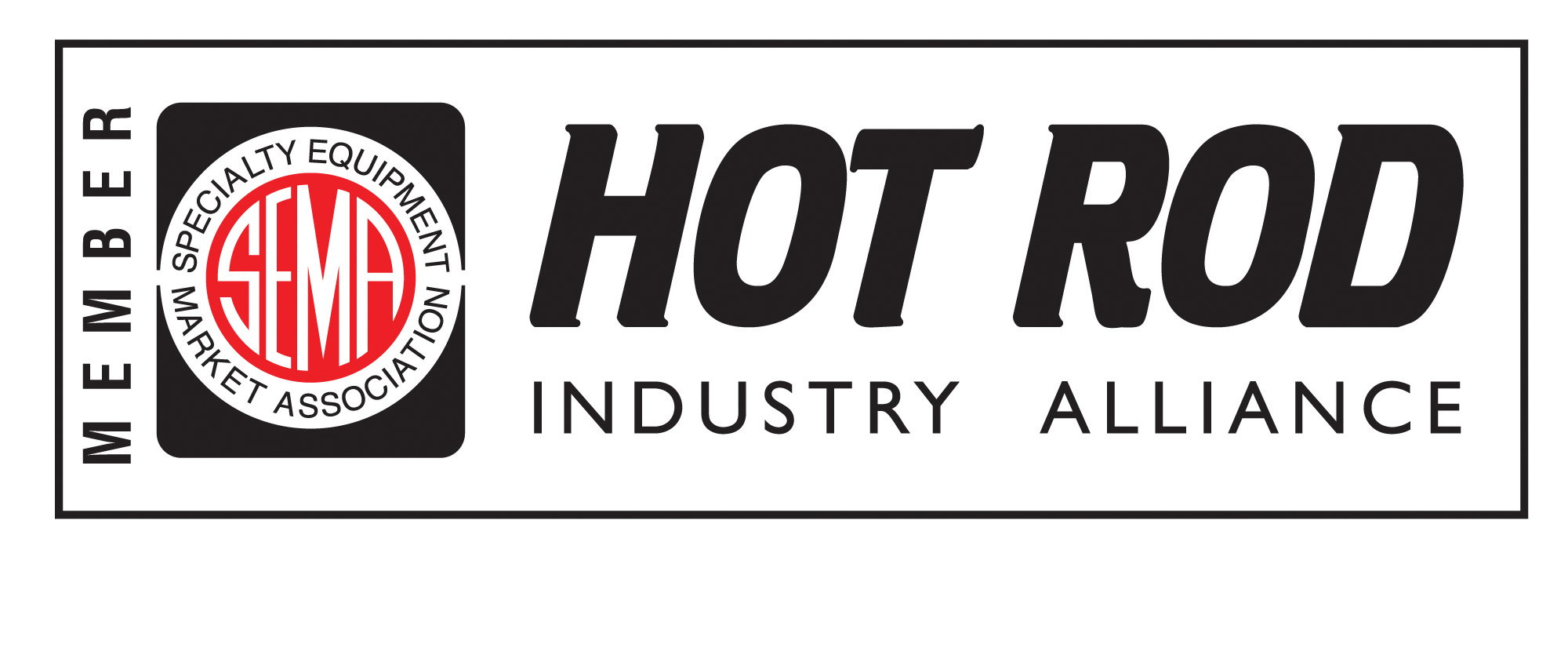

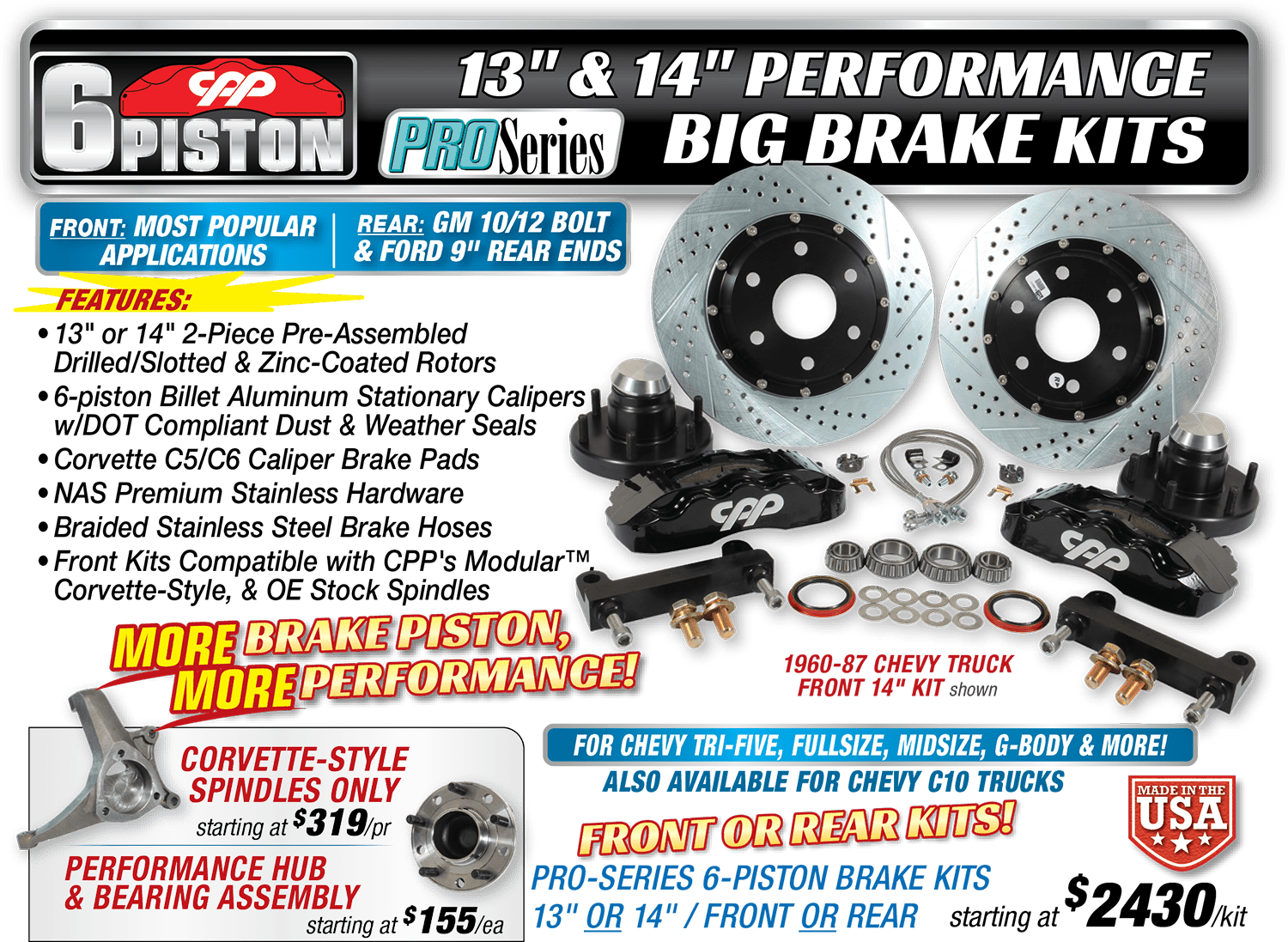
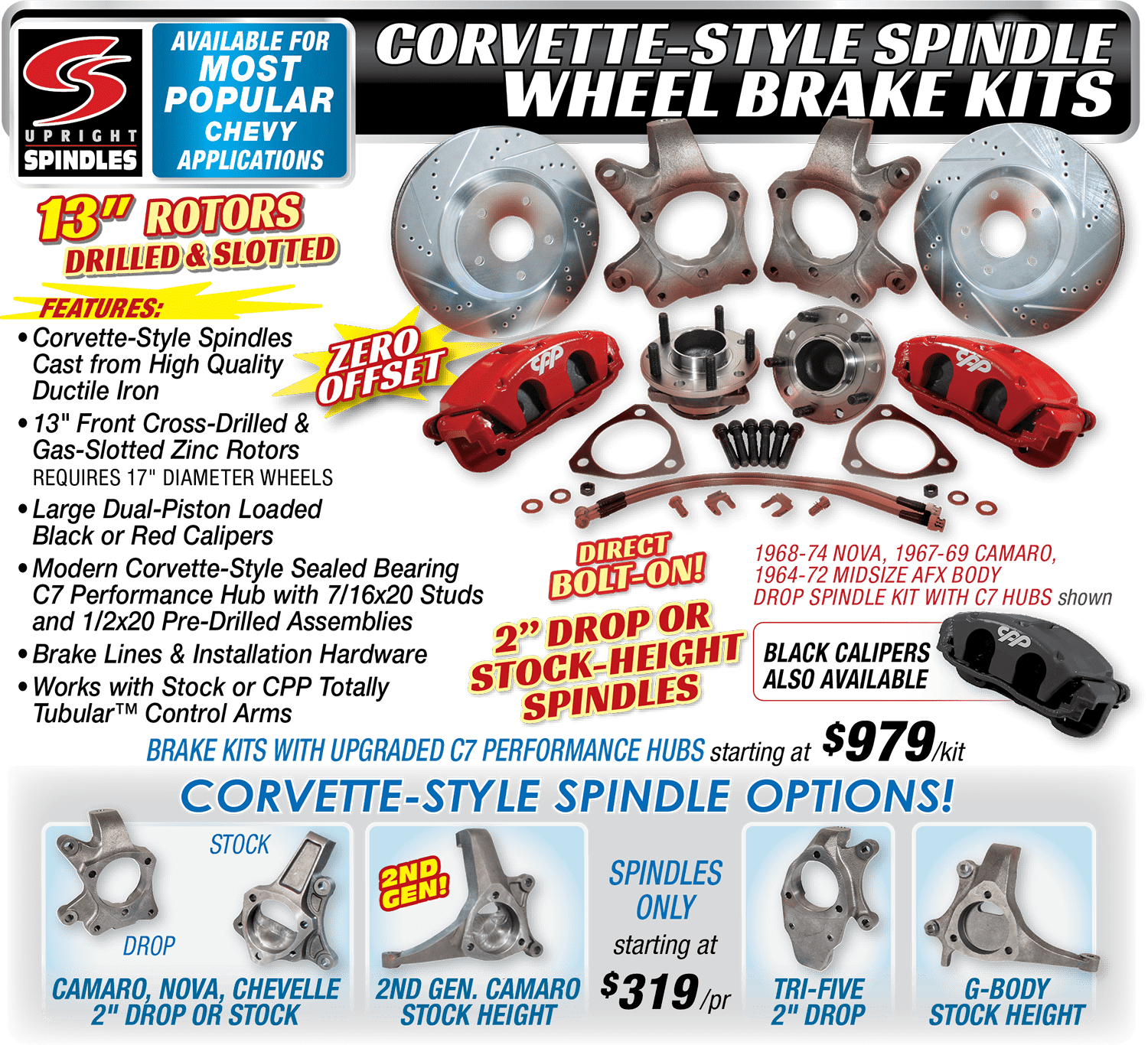
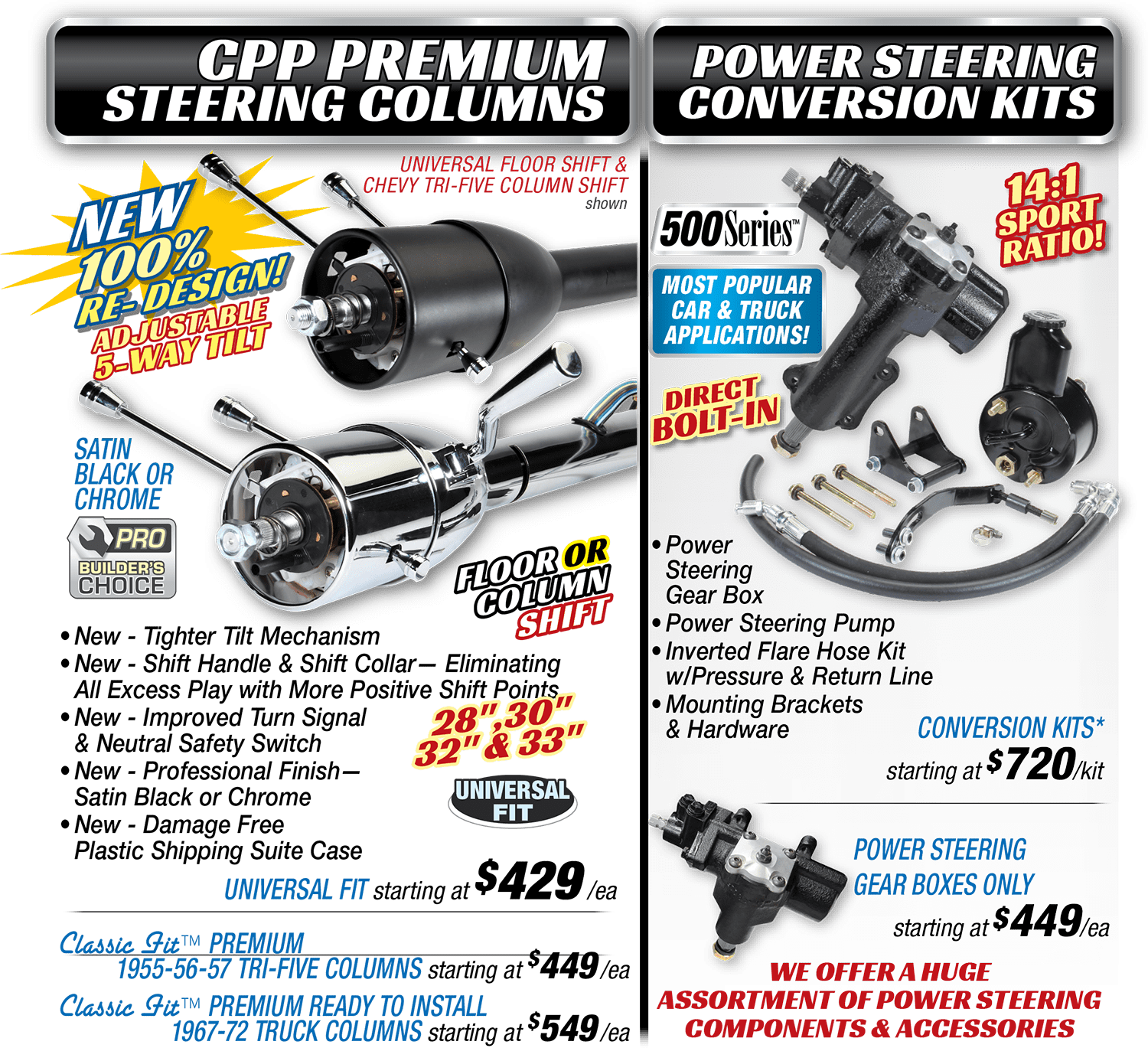
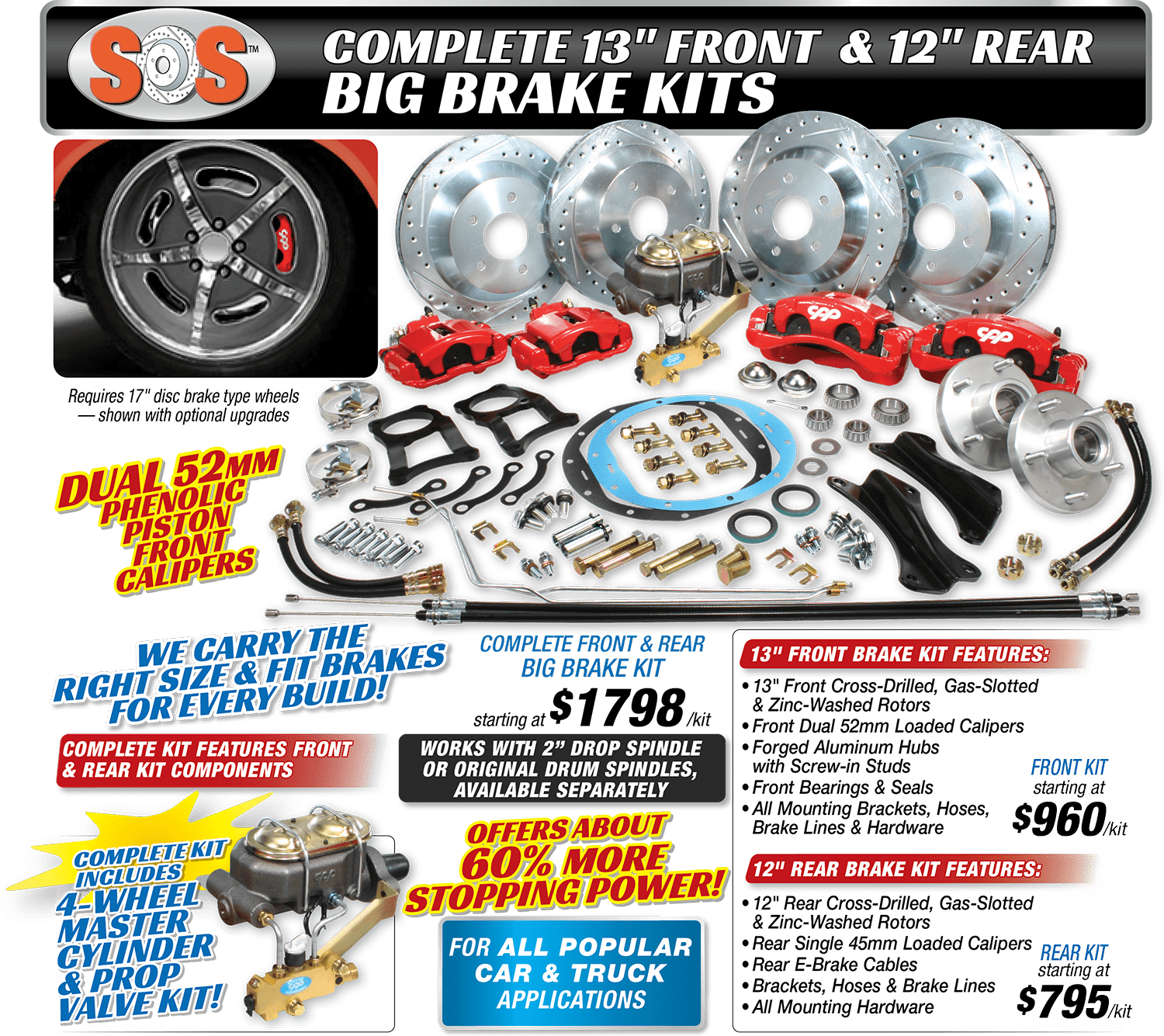
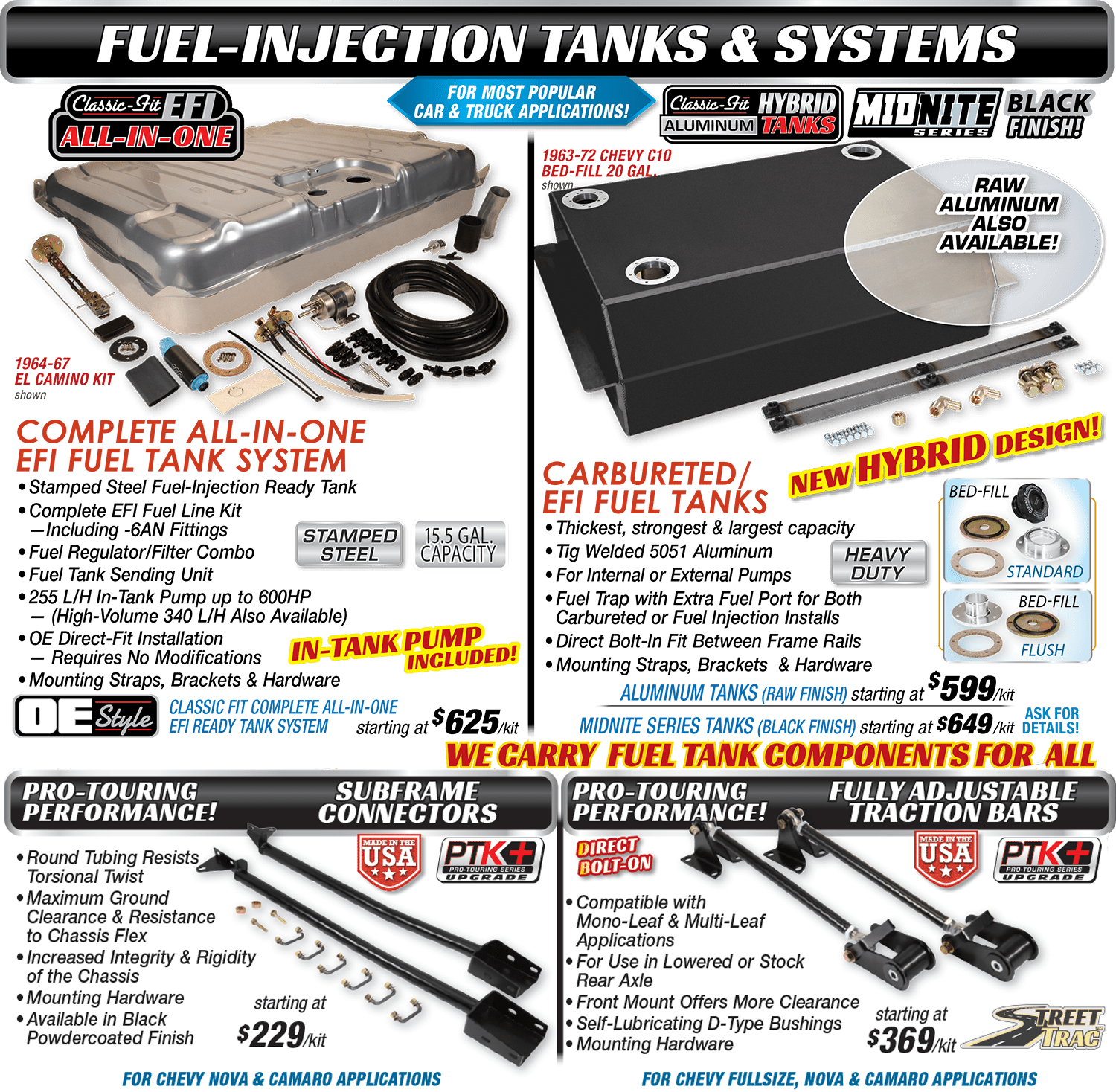

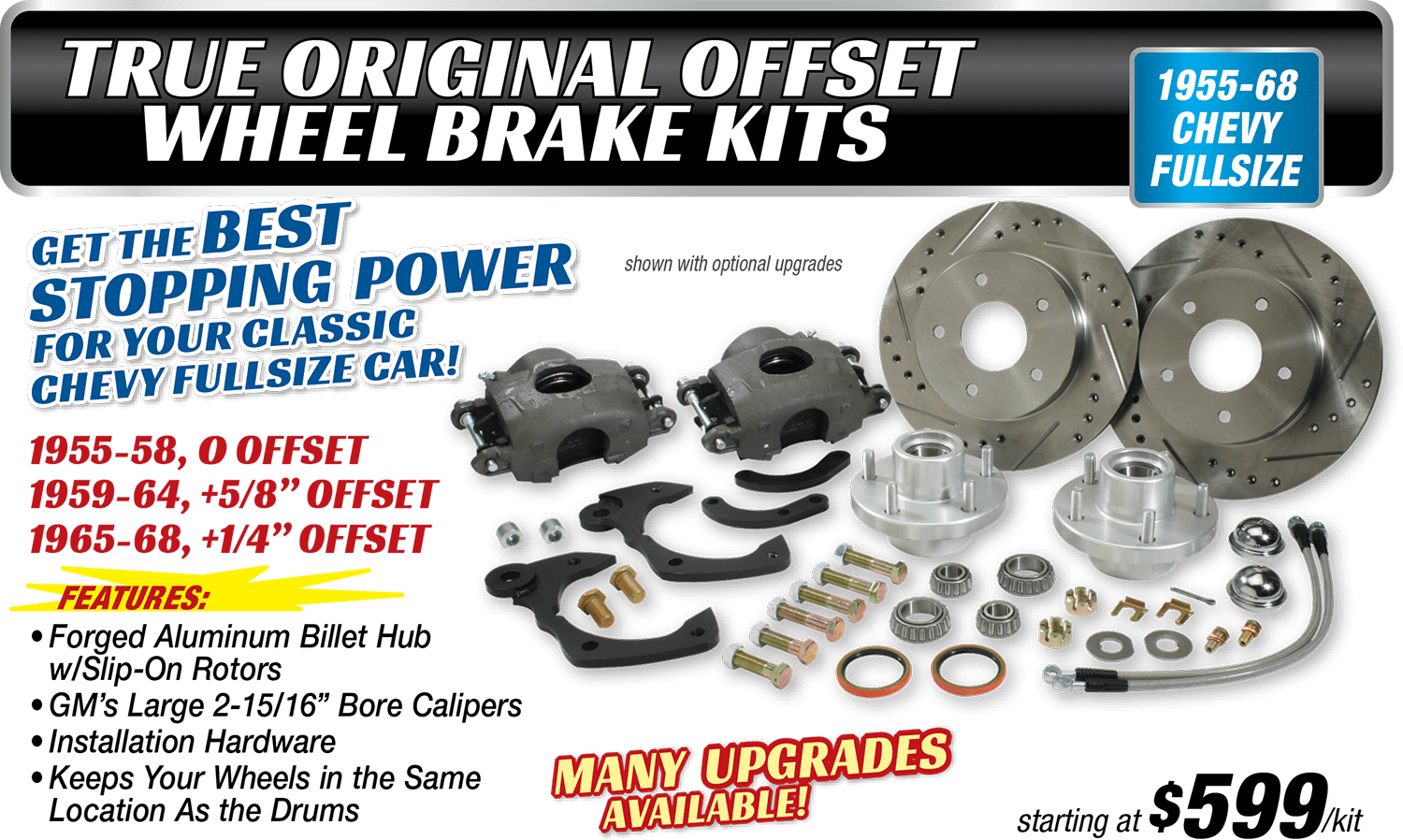
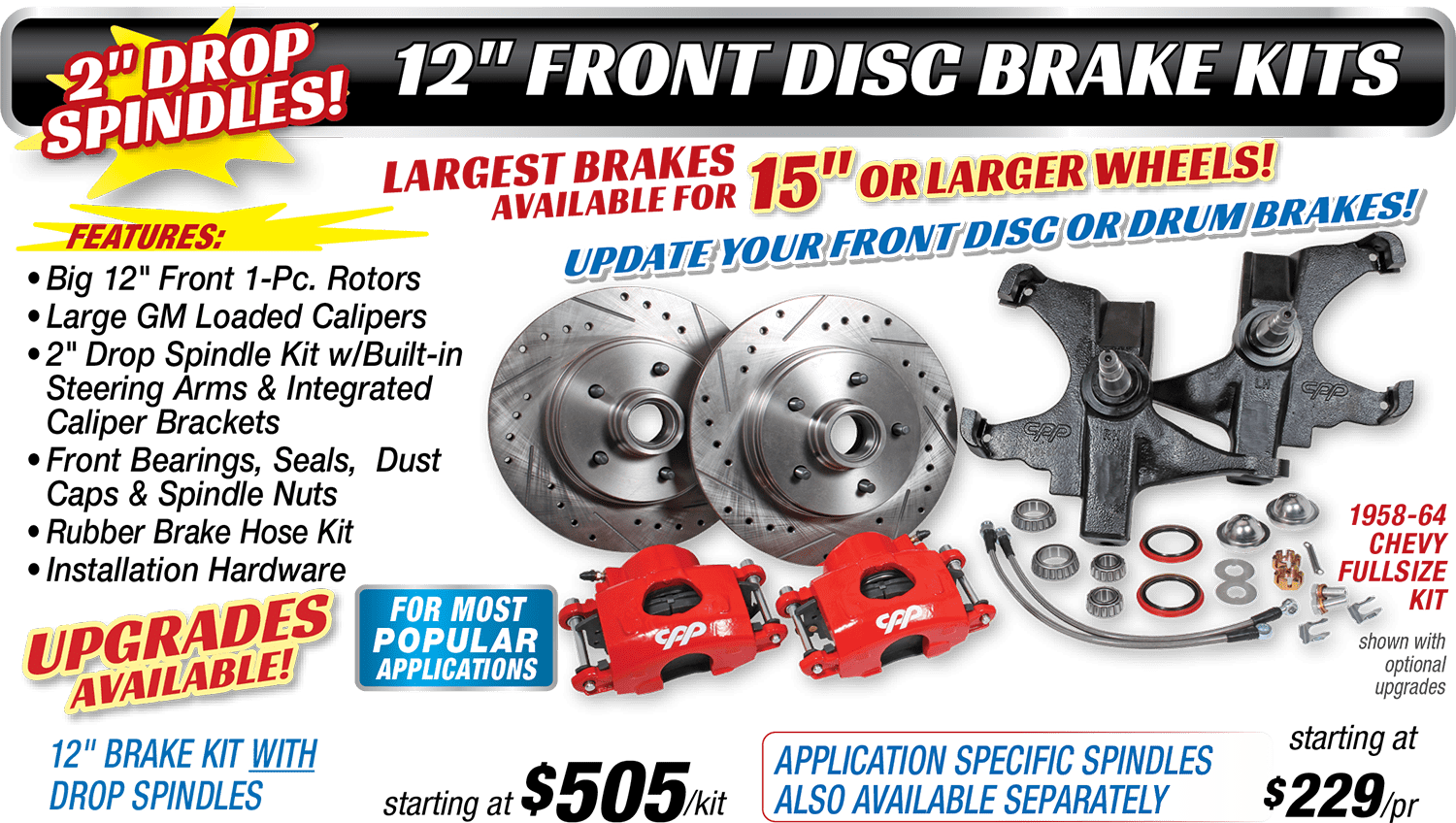
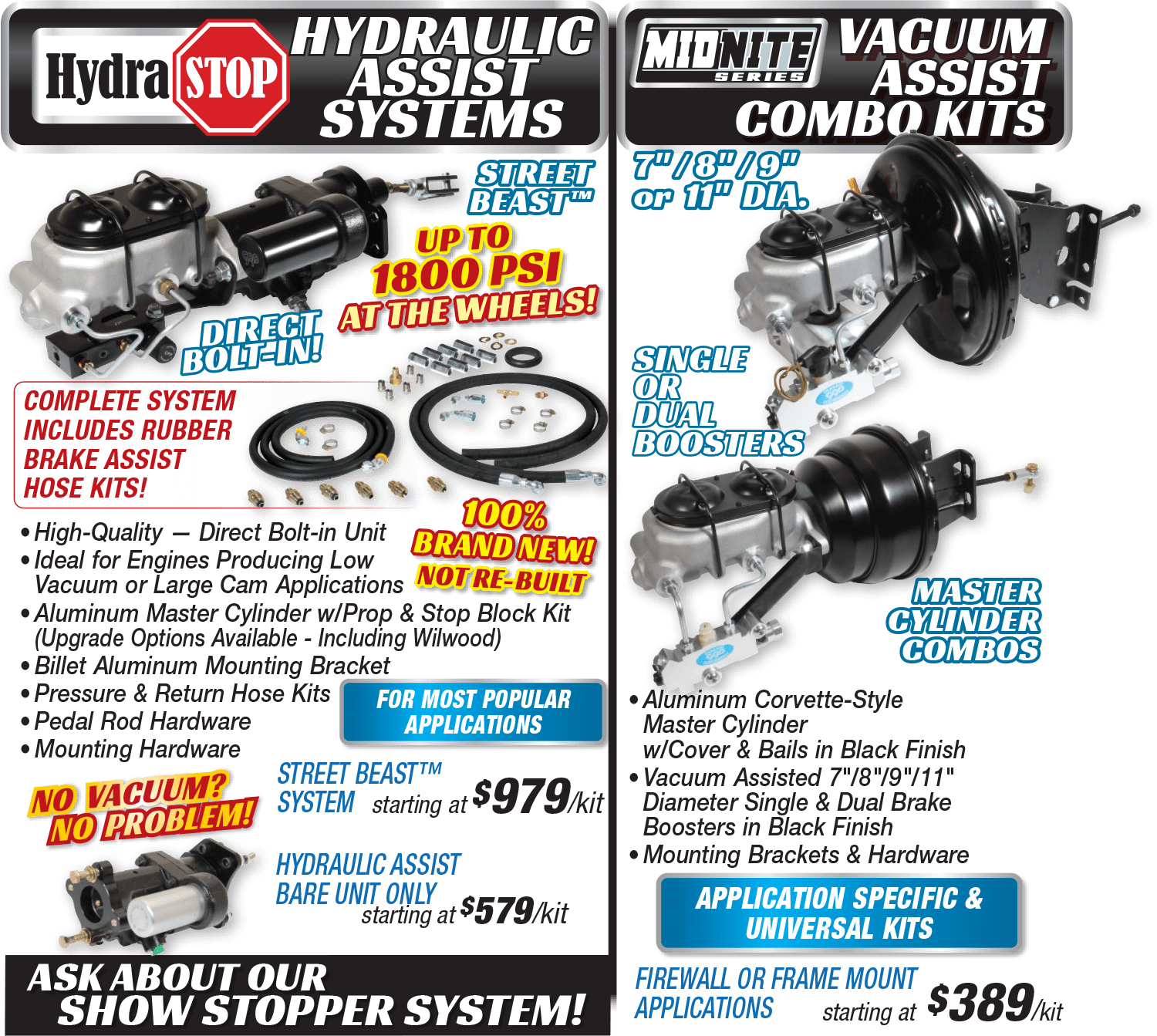

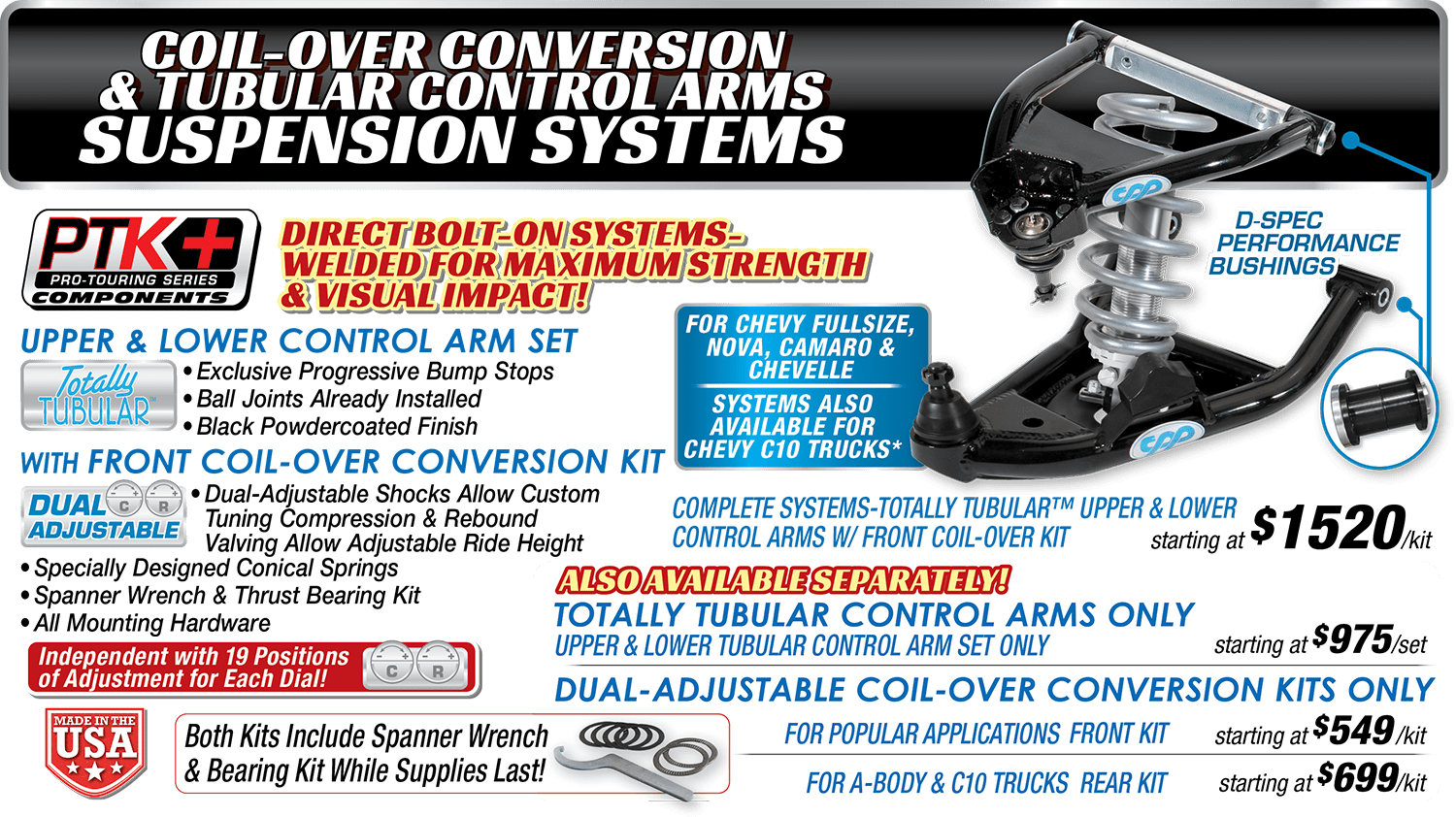
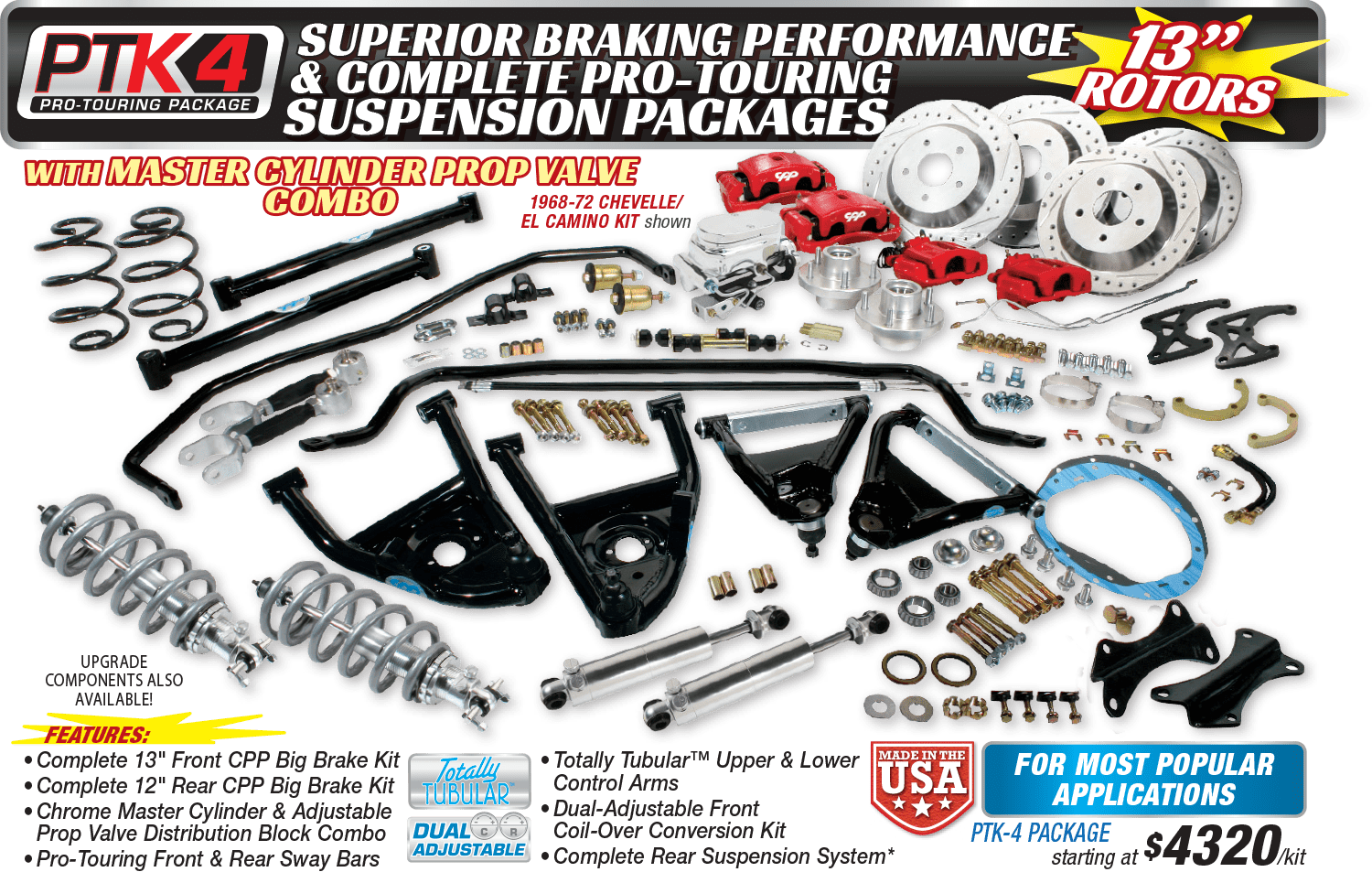
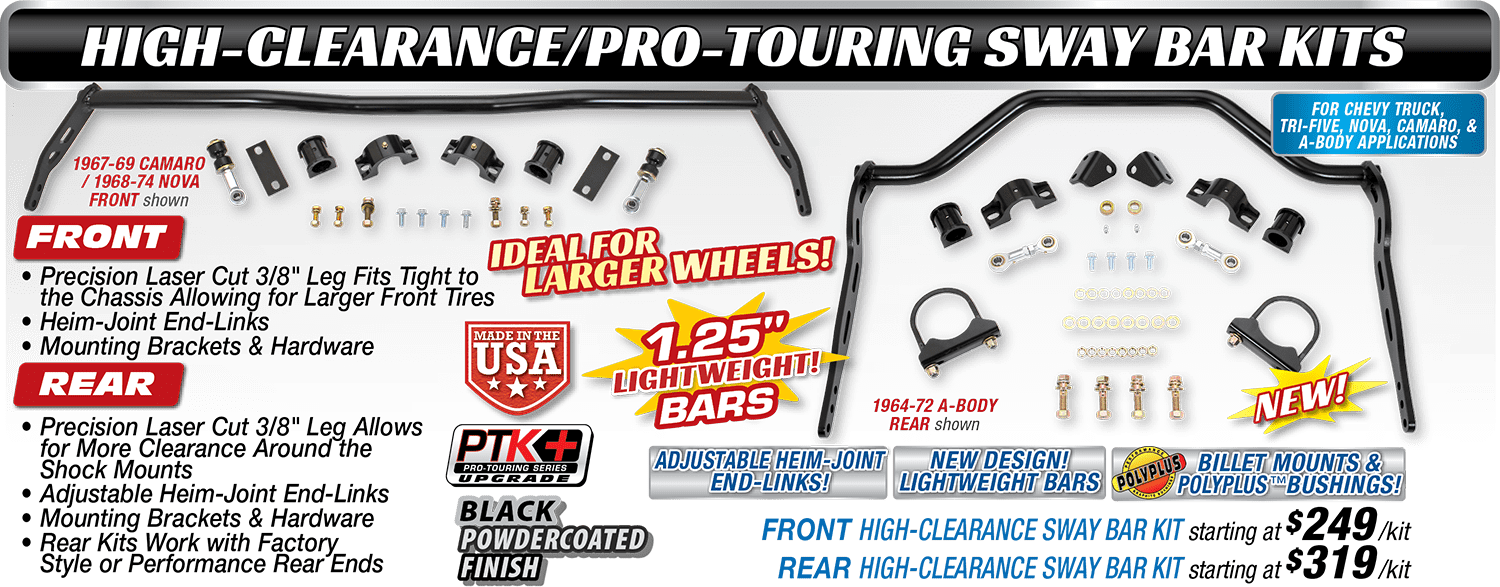

Wes Allison, “Rotten” Rodney Bauman, Shawn Brereton, Tommy Lee Byrd, Ron Ceridono, Grant Cox, John Gilbert, Tavis Highlander, Jeff Huneycutt, Barry Kluczyk, Scotty Lachenauer, Jason Lubken, John Machaqueiro, Ryan Manson, Jason Matthew, Josh Mishler, NotStock Photography, Todd Ryden, Jason Scudellari, Jeff Smith, Tim Sutton, Wes Taylor, and Chuck Vranas – Writers and Photographers
Travis Weeks Advertising Sales Manager
Mark Dewey National Sales Manager
Patrick Walsh Sales Representative
ads@inthegaragemedia.com
AllChevyPerformance.com
ClassicTruckPerformance.com
ModernRodding.com
InTheGarageMedia.com
inthegaragemedia.com “Online Store”
For bulk back issues of 10 copies or more, contact store@inthegaragemedia.com
info@inthegaragemedia.com
Editorial contributions are welcomed but editors recommend that contributors query first. Contribution inquiries should first be emailed to info@inthegaragemedia.com. Do not mail via USPS as we assume no responsibility for loss or damage thereto. IN THE GARAGE MEDIA, INC. reserves the right to use material at its discretion, and we reserve the right to edit material to meet our requirements. Upon publication, payment will be made at our current rate, and that said, payment will cover author’s and contributor’s rights of the contribution. Contributors’ act of emailing contribution shall constitute and express warranty that material is original and no infringement on the rights of others.

Copyright (c) 2024 IN THE GARAGE MEDIA, INC.
PRINTED IN U.S.A.


Cleveland, OH
(216) 281-8777
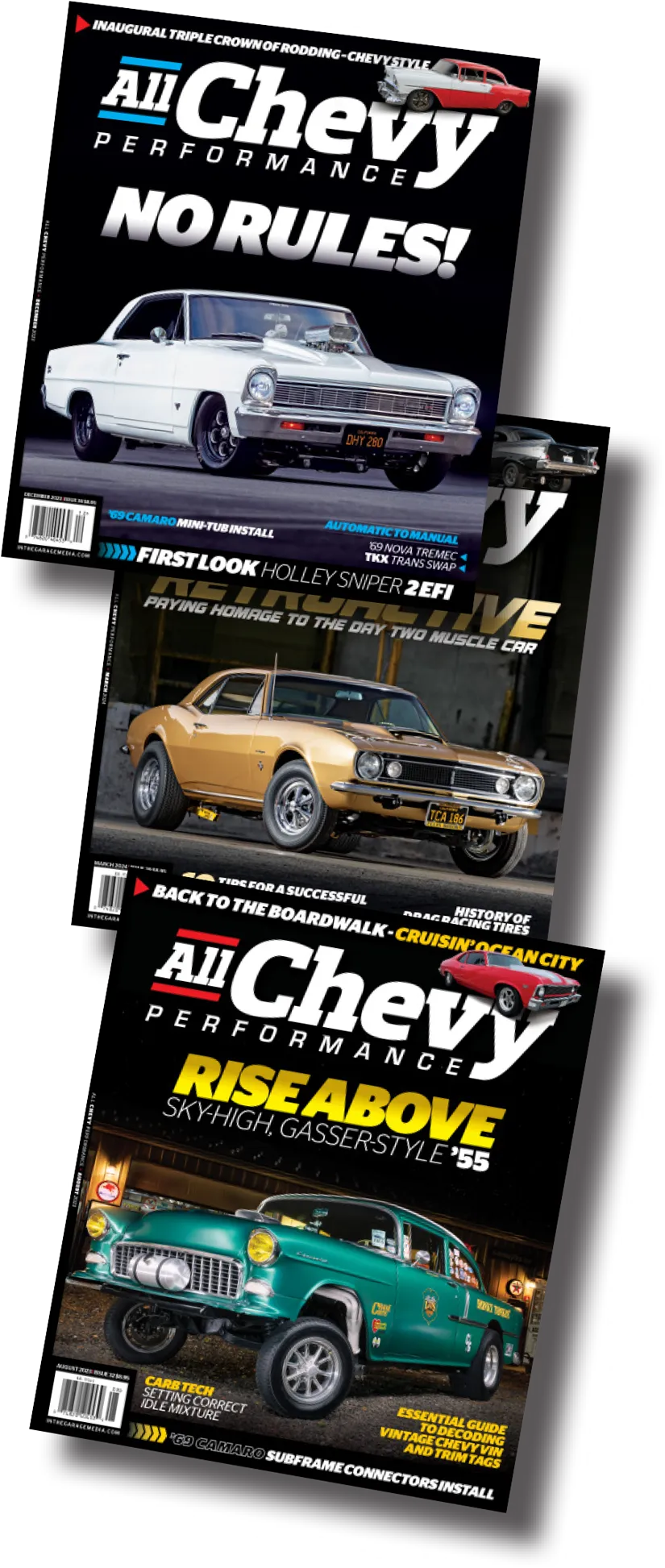
 firing up
firing up
 BY NICK LICATA
BY NICK LICATA
n the muscle car and hot-rodding scene, it’s been said that “stance is everything.”
It’s a bold statement that carries a lot of weight but doesn’t mean the same stance works on every car. Far from it. For example, when it comes to a Pro Touring build, a low stance all around is very important as it gives the car the appropriate look and a low center of gravity that ensures excellent cornering ability. In this situation, having the car just an inch too high in either the front or the rear can spoil the whole Pro Touring recipe.
Now, if you are building a gasser-style hot rod, precise ride height rules don’t necessarily apply here as there is plenty of room for interpretation when it comes to tire-to-fender gap. It’s a build style where most anything goes as long as the front end of the car sits exaggeratedly high. Out back, it’s common for some gassers to have radiused rear fenders to fit the massive slicks required for optimal traction while adhering to the fat tire section of the unwritten gasser rulebook. With that said, some of these cut jobs can look pretty crude while many builders perform the exercise with exceptional style for a more-refined appearance.
With Pro Street builds, wheeltubs are king when it comes to fitting huge rear tires inside the fenders with surgeon-like precision making one wonder how those massive meats spin without rubbing the inner fenders. I’m convinced there’s some sort of voodoo Pro Street builders take part in to get the tire-to-fender tolerance so tight.
Stock restorations are another build style that requires little precision when it comes to tire-to-fender gap as these cars rolled off the assembly line with functionality as an important factor to the success of these groundbreaking early muscle cars. Because of that, a bit of leeway can be granted when it comes to building a stock restoration (cue the emails coming by the concours restoration crowd). Sure, once hot rodders got ahold of most any 1960s muscle car, the changes they made affected the car’s stance. That leads us to a typical Day Two restoration where the rear end was raised to fit the wider, white-letter tires under the rear quarters. Up front, it was common to use the stock-sized tires, although depending on the time period, skinnier rubber may have been adopted to get that drag car look.
 PARTS BIN
PARTS BIN
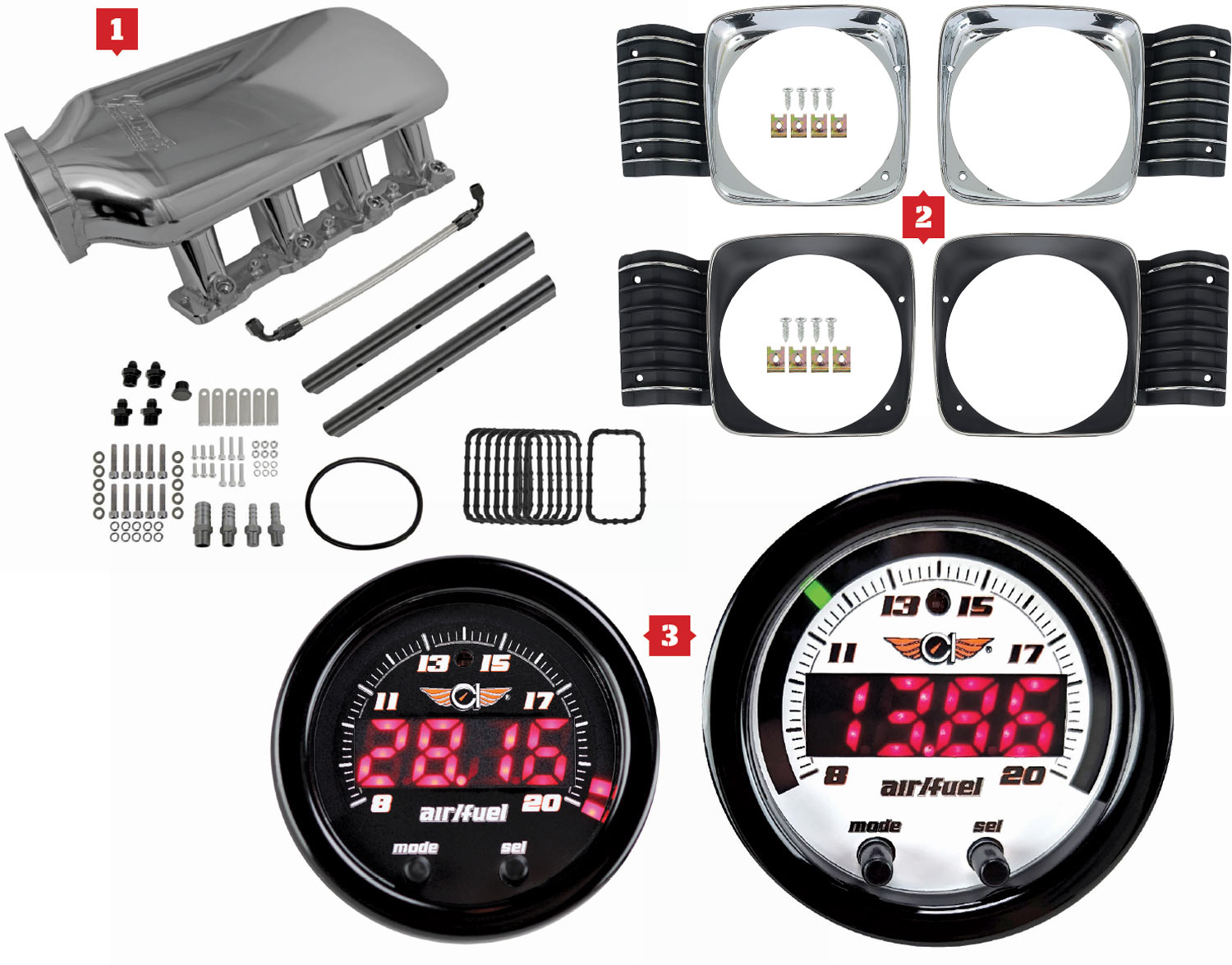

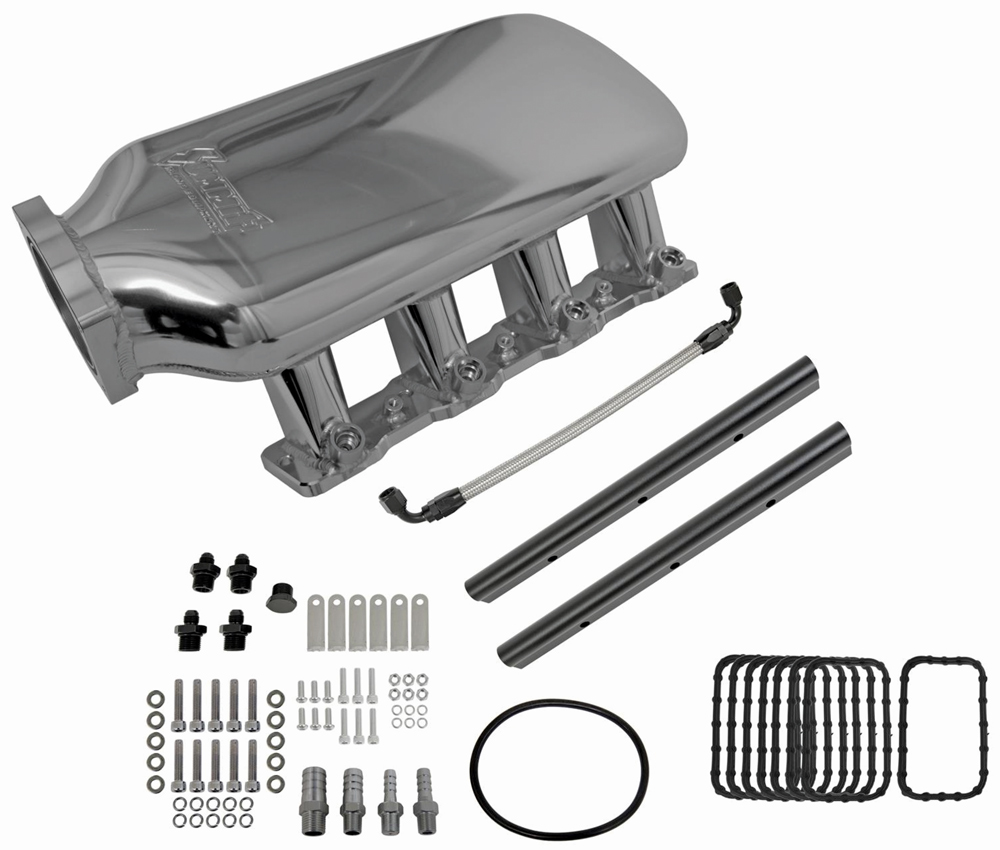
 CHEVY CONCEPTS
CHEVY CONCEPTSInTheGarageMedia.com

his project is a bit of an experiment that’s yet to unfold. It combines an earth tone color palette with muscular features to pull off a sophisticated look. The exterior would rely on a champagne color for the body with black trim elements, and a little bit of cinnamon in the hockey stick stripe. Both the top and interior would mainly be a deep chocolate with a small amount of cinnamon from the stripes as an accent.
At the rear the fenders have been widened and a custom vent fits the shape. A blended-in decklid spoiler has some relief in the back to make it a touch more interesting than just a solid shape. Down lower is a custom diffuser and exhaust area. Up front the lower valance is all new and a spoiler has been shaped to match it.
 FEATURE
FEATURE
 Images by Jason Matthew
Images by Jason Matthew
hen it comes to car features, the writer typically gathers information on the car received via a questionnaire by the car’s owner with the idea to write an informative and engaging story about the car and its owner. While the technical information on the car pretty much speaks for itself, there are instances when it’s best to let the car’s owner tell the background story. This is one of those cases, so we’ll let Eddie Gunder, longtime owner of this 1969 Chevelle, share how he acquired this badass street machine.
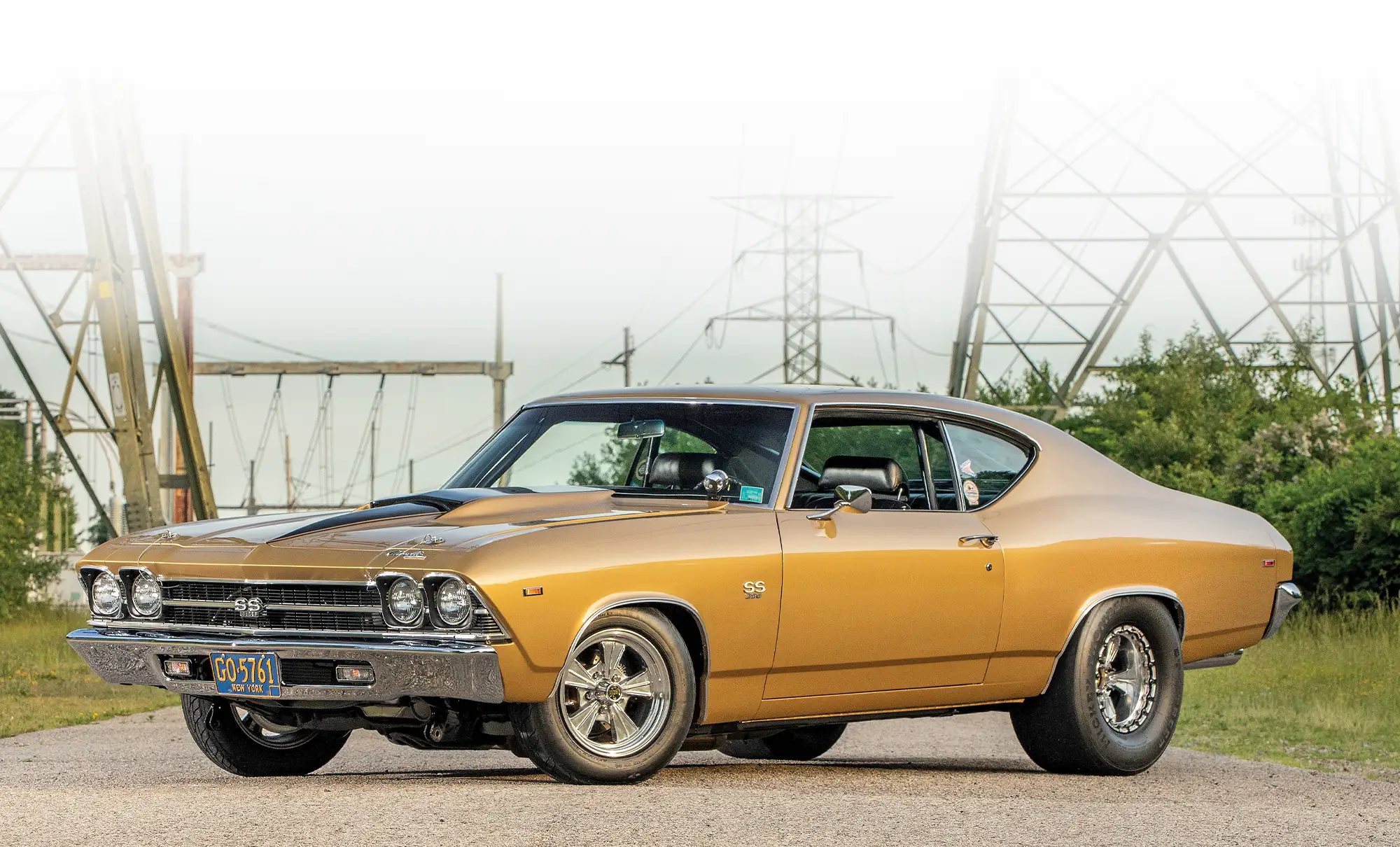
 TECH
TECH
Invaluable Tips For Your LS
We Spoke With Several Top Engine Builders and Tuners to Help Solve the Biggest Headaches LS Owners Suffer
 Images by Jeff Huneycutt
Images by Jeff Huneycuttere at All Chevy Performance we don’t have to waste breath explaining to you just how important the Chevrolet LS engine is to the world of automotive performance. When it comes to the legacy of horsepower, the LS is the greatest thing since … well … the original small-block Chevrolet.
But that doesn’t mean the LS series of engines is without its idiosyncrasies. No engine is. You can, however, with a smart plan, almost always build an LS that perfectly suits your needs. The only problem is you need to know ahead of time what weaknesses you need to work around, and that knowledge usually only comes with years of hard-won experience.
 FEATURE
FEATURE
 Images by Luke Munnell
Images by Luke Munnellany of us grew up with a stick-and-ball background as our parents signed us up for youth baseball, football, basketball, and if you lived in a colder climate you laced up skates and played hockey. These sports were a great way for kids to burn energy and to learn about competition and teamwork. While this path was common for many, Paul Olsen took a different route, which ultimately led him to create this stunning 1971 Nova.
“My passion for the car hobby started early and was integral to the relationship I had with my father, who taught me most of what I know about building engines and working on cars,” Paul states. “He would take me to Puyallup Dragway on weekends when I was in elementary school. I remember riding with him in his 1967 Nova armed with a stout 327 and a four-speed Muncie. I wasn’t yet big enough to see over the dash, but I loved the sound of the engine at high-rpm and feeling the rush as he dropped the clutch and slammed through each gear.”
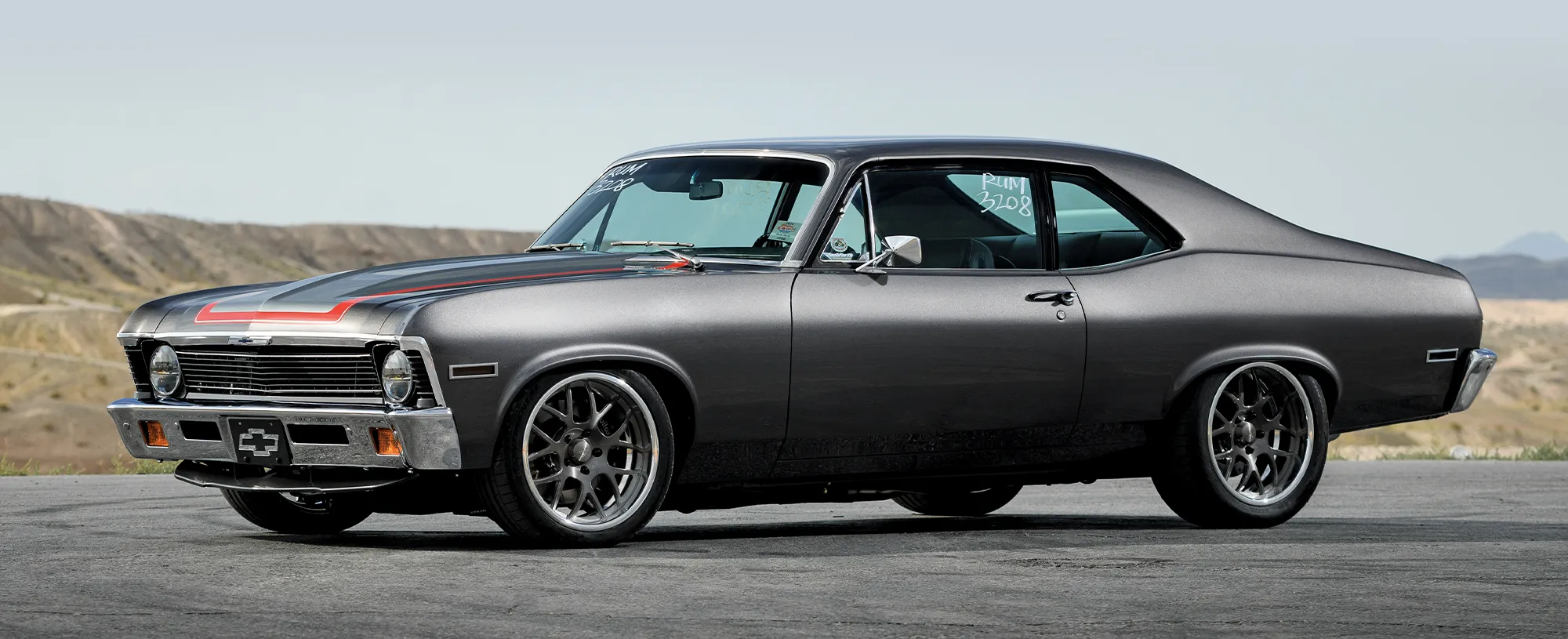
 TECH
TECH
 Images by the Author
Images by the Authorhe one thing that you quickly learn when working with the small-block Chevy is that they all leak. When this engine was designed in the early 1950s, all engines leaked oil. The joke is that if your small-block stops leaking, it’s probably out of oil. Leaks were a fact of life. Automotive engineering has come a long way since those days but the fact remains that this little small-block is still prone to marking its territory with light brown oil stains on the garage floor.
This story will address how to minimize these bouts of leakage. Notice that we didn’t try to claim to eliminate those leaks. In the name of full disclosure, we’ll stick with minimizing these drips and brown puddles.
We’ll start with the oil pan area since that’s where many of these drip paths begin. The big gorilla in the room is the classic, two-piece rear main seal. Many of the ideas forwarded in this story are retreads of common repairs and improvements that, over the years, have been proven to work. Veteran readers may recognize many of these, but we’ve also pulled up some new ones that are worthy of consideration.
 FEATURE
FEATURE
 Images by NotStock Photography
Images by NotStock Photographyream cars come in all shapes and sizes, but it’s safe to say that Corvettes, especially those built from 1963 to 1967, rank highly for most Chevy guys. For Arny Gollott, his idea of a dream car changed over time. He always liked Corvettes, and he owned several nice examples through the years, but his dream was to own a true “showstopper.” Arny lived in D’Iberville, Mississippi, spending his life in the shrimp business, and came to know fellow Mississippians Justin and Eli Griffin several years ago. The Griffin brothers own and operate Twin States Rod Shop in Meridian, Mississippi, and have built numerous high-end customs, ranging from Tri-Five Chevys to wild custom trucks.

 TECH
TECH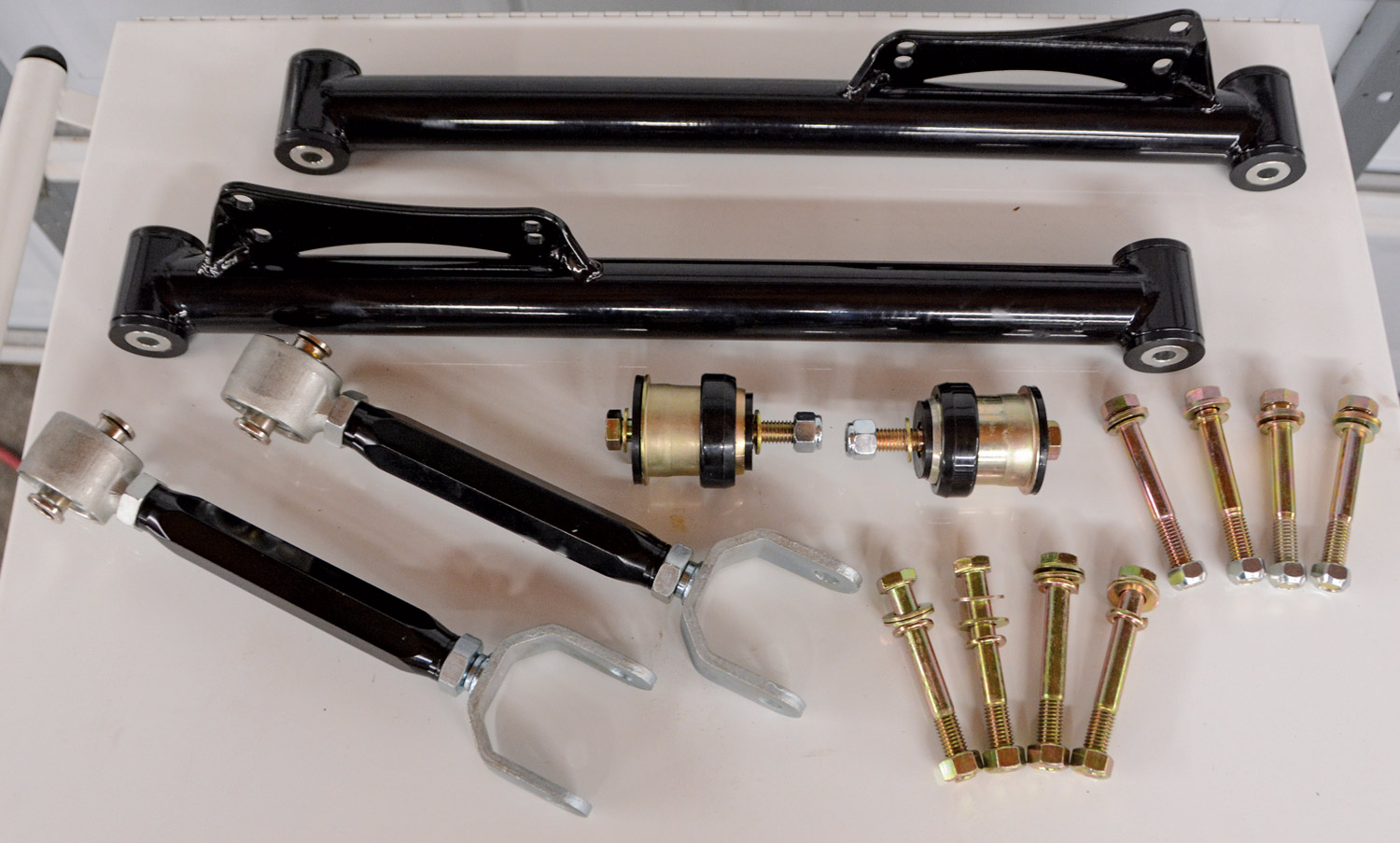
 Images by The Author
Images by The Authorhen it comes to casual cruisers or even daily drivers, it’s easy to overlook certain items, especially if there isn’t any noticeable damage. The phrase “out of sight, out of mind” rings true in many situations as long as performance isn’t compromised. In the case of our trusty 1964 Chevelle four-door cruiser, the rear suspension has been trucking along for 60 years without any real maintenance. The coils were cut many years ago to lower the ride height, and we’ve been pleased with the ride quality and stability on the highway, so upgrading the suspension never made it very high on the to-do list.
A while back, we decided to upgrade the front of the car with tubular front control arms. Classic Performance Products (CPP) manufactures the kit, so as we browsed classicperform.com we noticed a few options for rear control arms. Knowing that the bushings were likely toast, we thought it would be a practical upgrade to toss the stamped steel control arms in the scrap pile and replace them with tubular units from CPP. We found the appropriate kit (PN PT6467RTCA-KB) and added a pair of CPP Nitrogen Shocks (PN CPP-1007) as an upgrade to our parts store shocks.

 Images by THE AUTHOR
Images by THE AUTHORhe late 1930s produced some of the greatest automotive designs that have stood the test of time. One in particular grabbed the attention of a young Bob Martin and wouldn’t let him look away. “I always loved the Willys hot rods that I read about in Hot Rod and Car Craft magazines growing up and figured one day I would have one of my own,” Bob states.
Bob was a young gun hot rodder from the start, so staying out of the car hobby was not an option. “I grew up surrounded by the hot rod scene. My dad raced a lightweight 1963 Ford Galaxie when I was a kid, and my mom worked for the NHRA. Needless to say, my life revolved around cars and racing,” Bob continues.

 TECH
TECH
 Images by THE AUTHOR
Images by THE AUTHORhere’s nothing like original sheetmetal on a vintage car, but original glass is a different story. Scratches, pitting, hazing, and more can detract from an otherwise-strong appearance.
That was the dilemma Mark Stielow faced with his latest Camaro project, so he had Sled Alley replace all its glass, including the door windows. Dropping in the new windshield and rear window were straightforward enough, but the intricacies of the door windows are what prompted us to following along and take notes.
If you’ve never attempted it, replacing the door glass on a vintage Chevy can seem easy enough at first but can quickly turn into a maddening exercise. Fine adjustments must be made to the fore/after positioning, along with the front-to-rear tilt, in order to position the glass correctly and frame it properly in the door opening.

 Images by THE AUTHOR
Images by THE AUTHORmagine the surprise Camaro enthusiast Carl Melendez experienced when his longtime friend called him out of the blue in need of some help. His good buddy was ready to pop the question to his girlfriend and needed to unload some things of value to purchase that all-important piece of jewelry. This “ring sale” included, among other things, a clean 1969 Camaro project. Carl always loved the styling of the vintage F-body and figured by purchasing the car he’d be helping out a good friend while parking a cool Camaro in the garage.
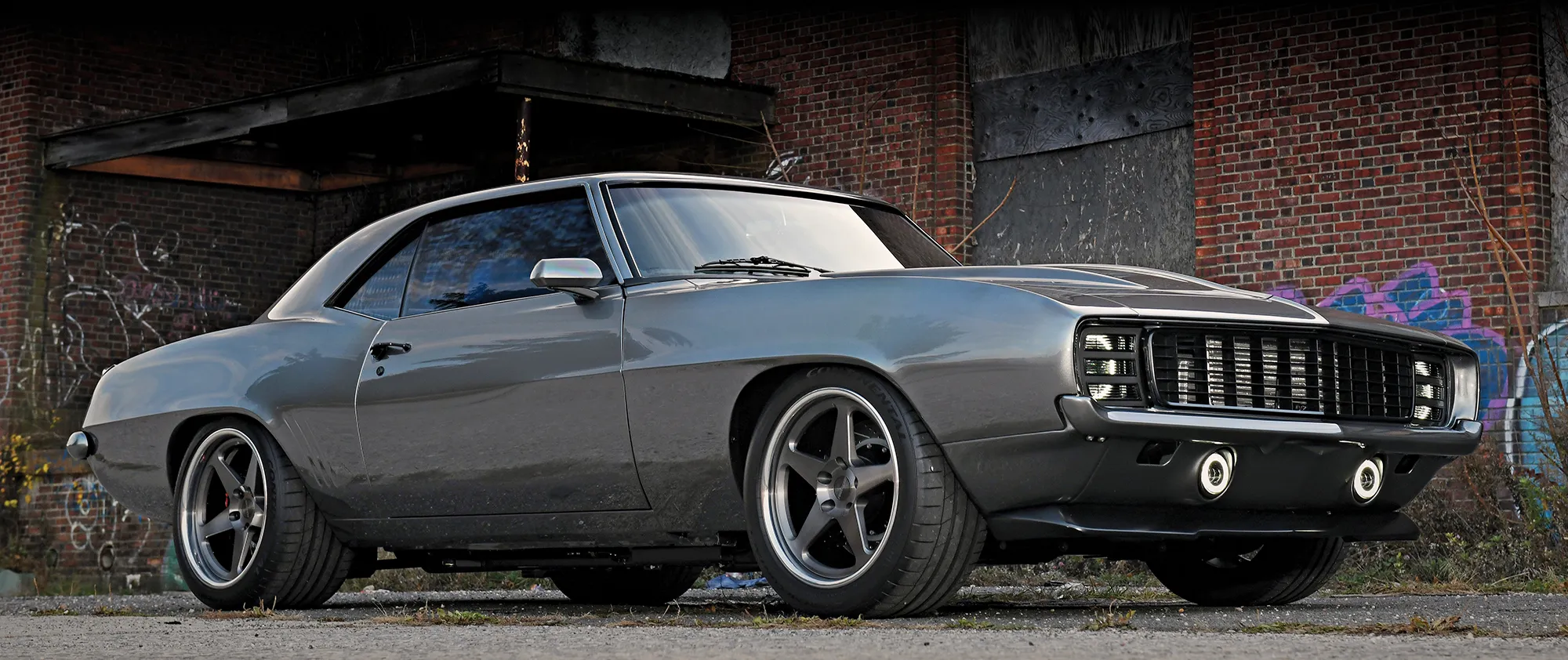
 EVENT
EVENT
 Images by
Images by hen car show promoters dive into the second time running a highly successful inaugural event it’s typically done better, having learned valuable lessons from the first year. Well, when car show promoters Bobby Alloway and Gary Case made plans for round two of the Triple Crown of Rodding presented by PPG held at the Nashville Superspeedway in Lebanon, Tennessee, September 6-7, 2024, they gathered extensive feedback from attendees, vendors, and participants, and used that information to ensure their second event would run smoother, better, and hopefully much bigger than the first.
There was no doubt that the second Triple Crown event would be much larger than the first, as early vender and participant registration was up substantially from the previous year. Case and Alloway realized they had their hands full and would need to accommodate more cars, more vendors, and way more people. Early preparation ensured Triple Crown troops were ready to pull off another successful event; and they did exactly that.
Advertiser
- AJE Suspension75
- All American Billet23
- American Autowire27
- AMSOIL55
- Art Morrison Enterprises37
- Auto Metal Direct61
- Automotive Racing Products57
- Borgeson Universal Co.59
- Classic Industries41
- Classic Performance Products4-5, 87, 92
- Dakota Digital91
- FiTech EFI87
- Golden Star Classic Auto Parts6
- Heidts Suspension Systems83
- Holley9
- JJs Rod & Custom89
- Lokar2
- National Street Rod Association69
- New Port Engineering89
- Original Parts Group49
- Powermaster Performance75
- Rod Shows73
- Scott’s Hotrods29
- Speedway Motors51
- Summit Racing Equipment13
- Thermo-Tec Automotive87
- Tuff Stuff Performance Accessories43
- Vintage Air7
- Wilwood Engineering11









